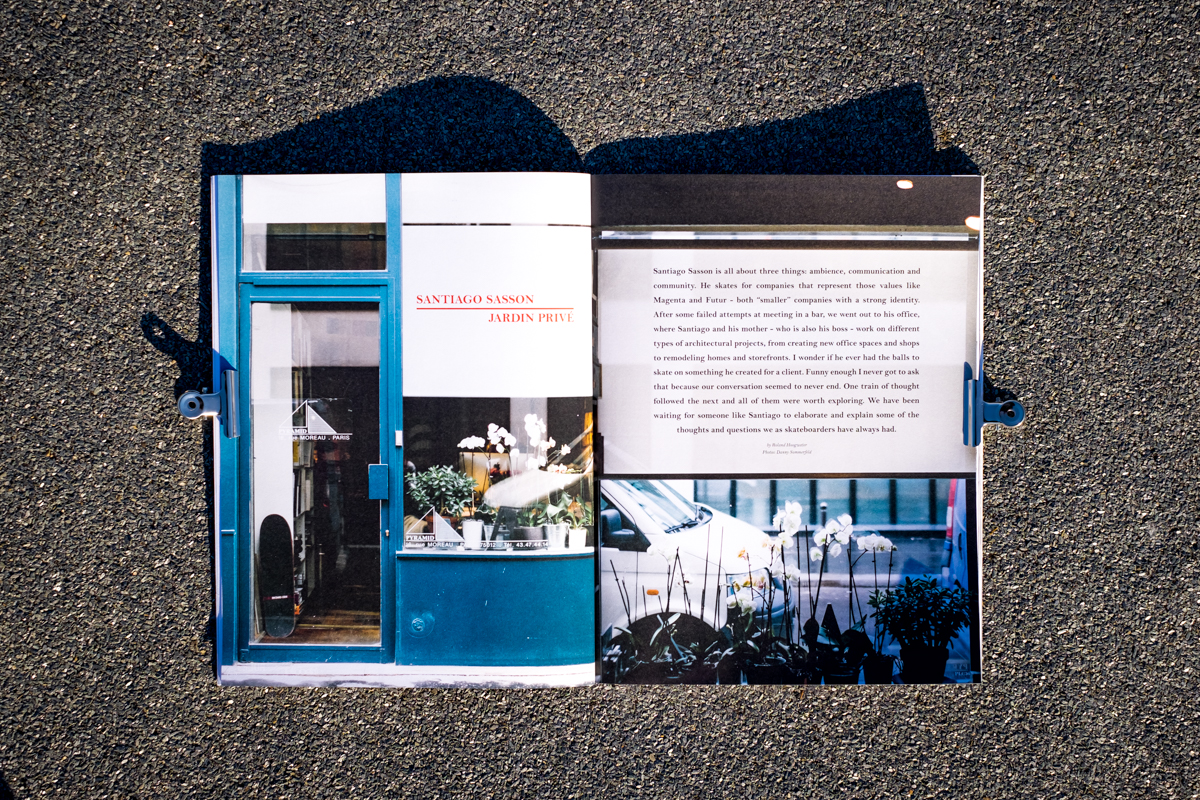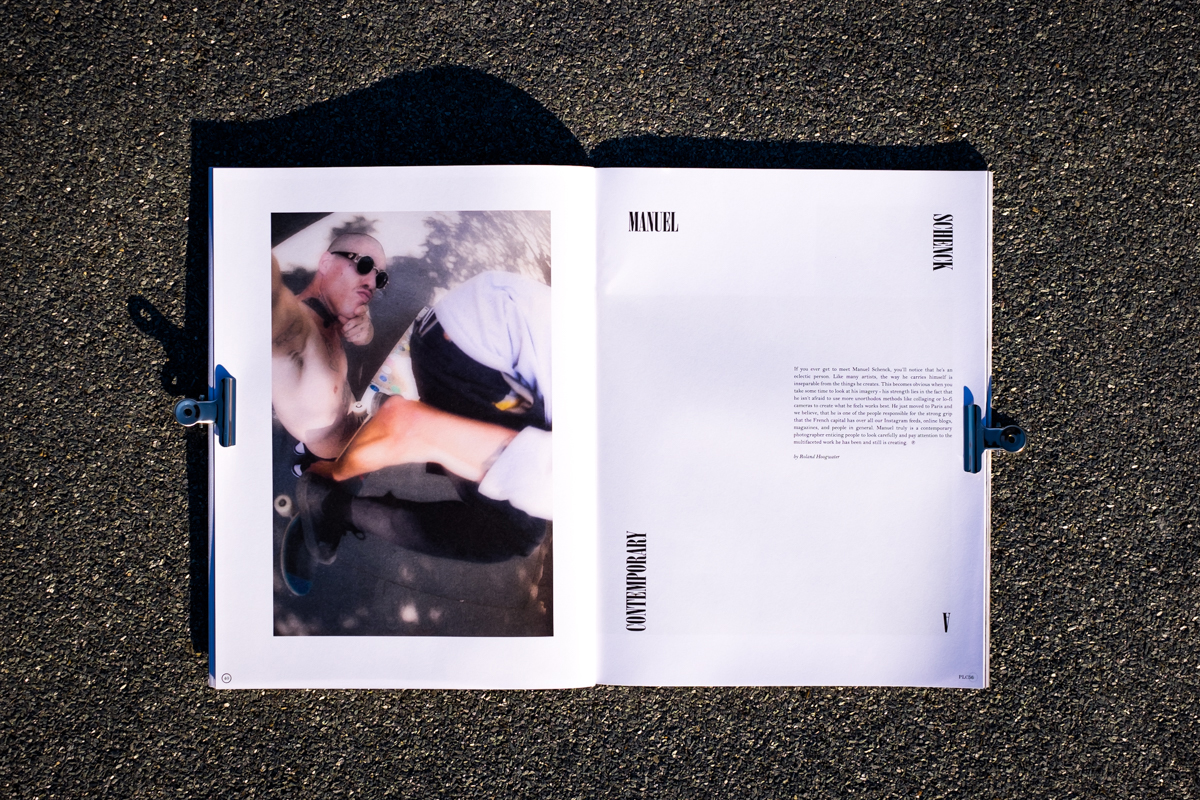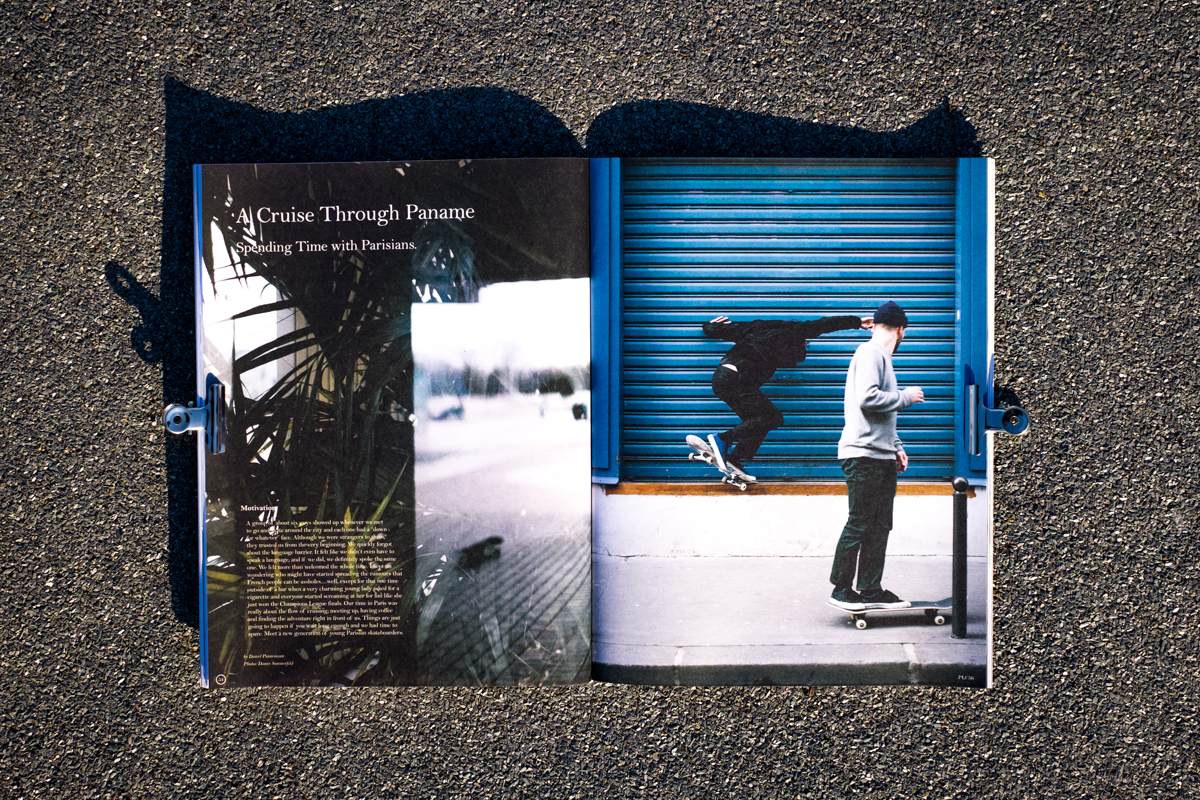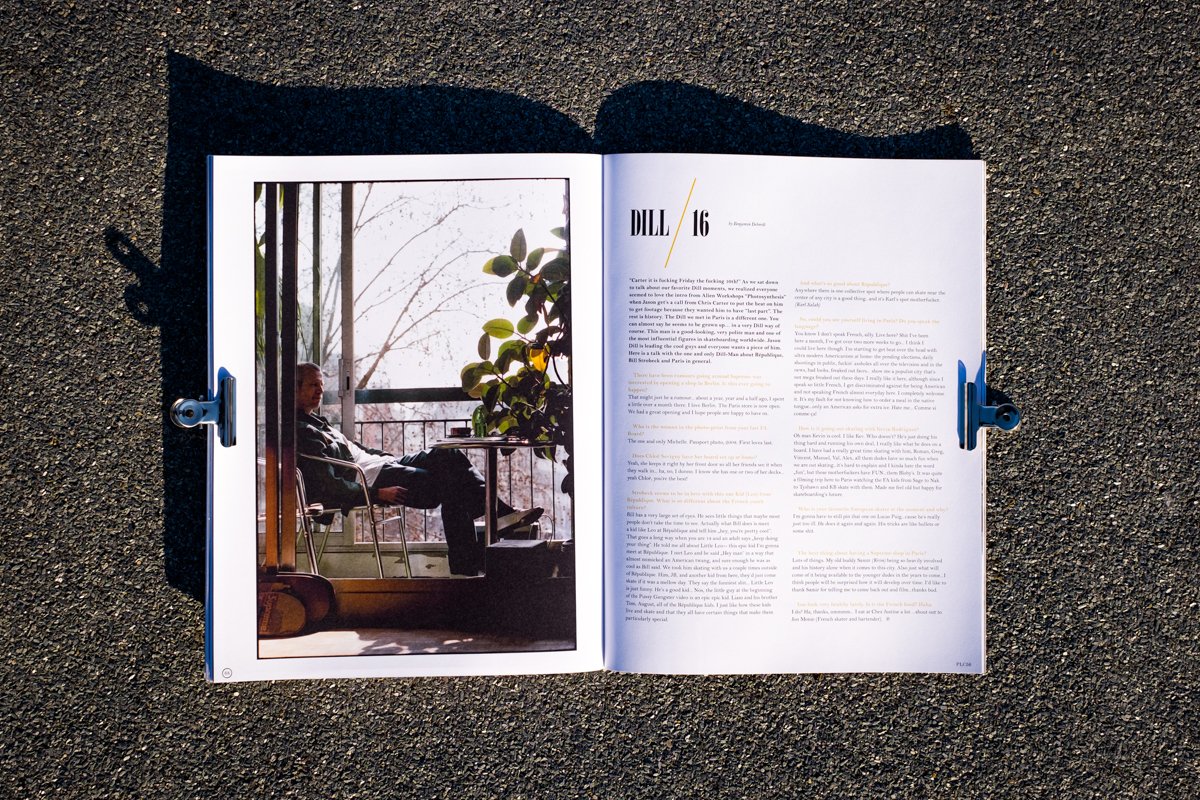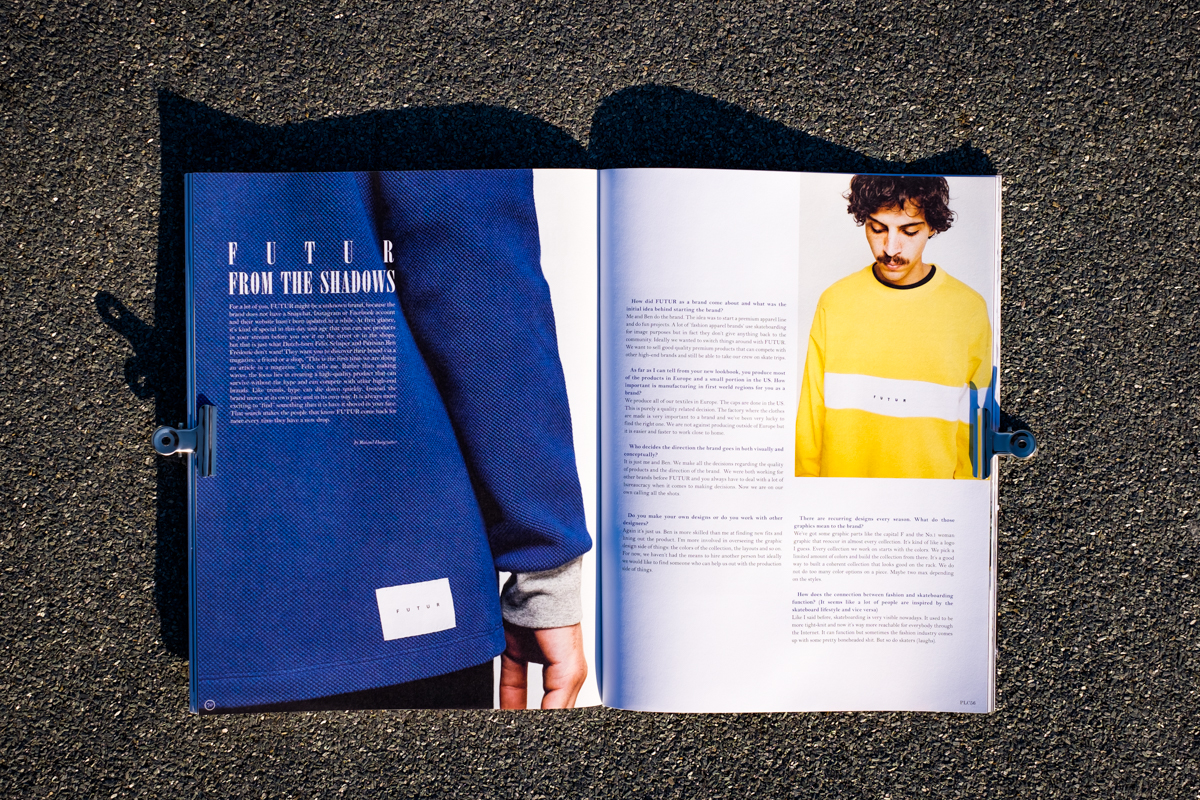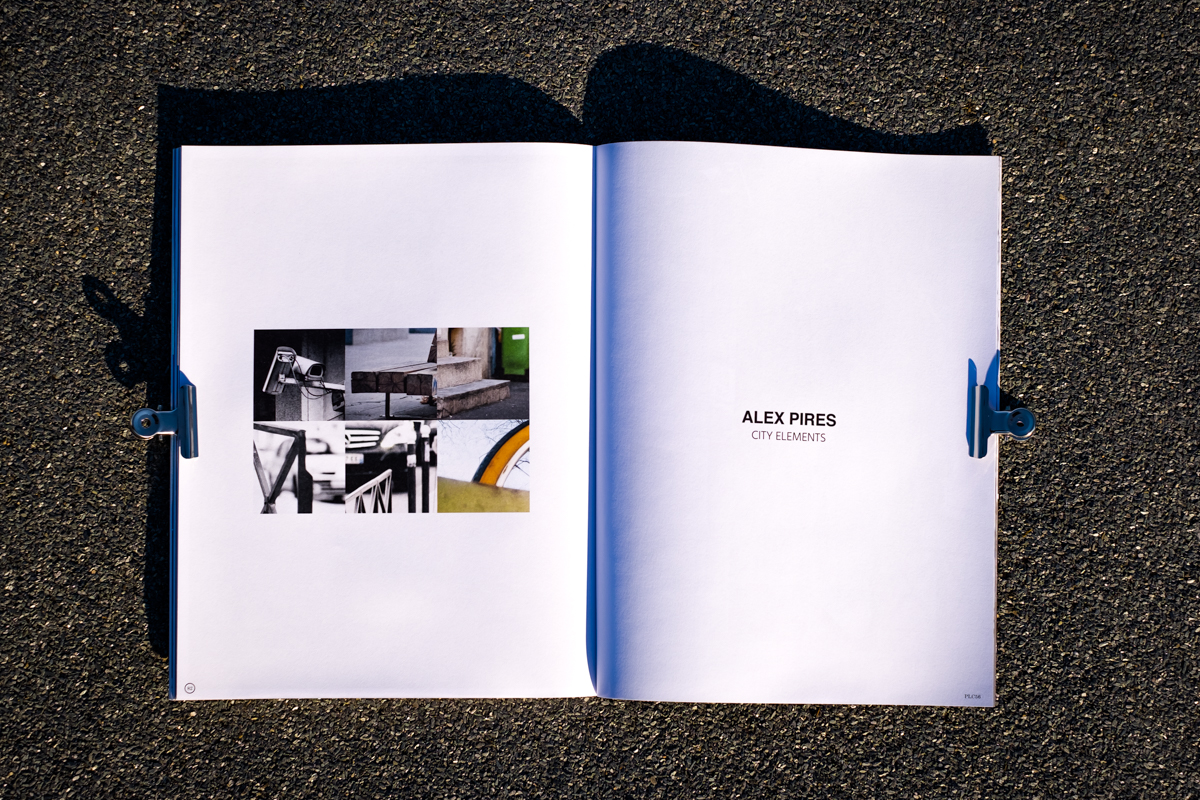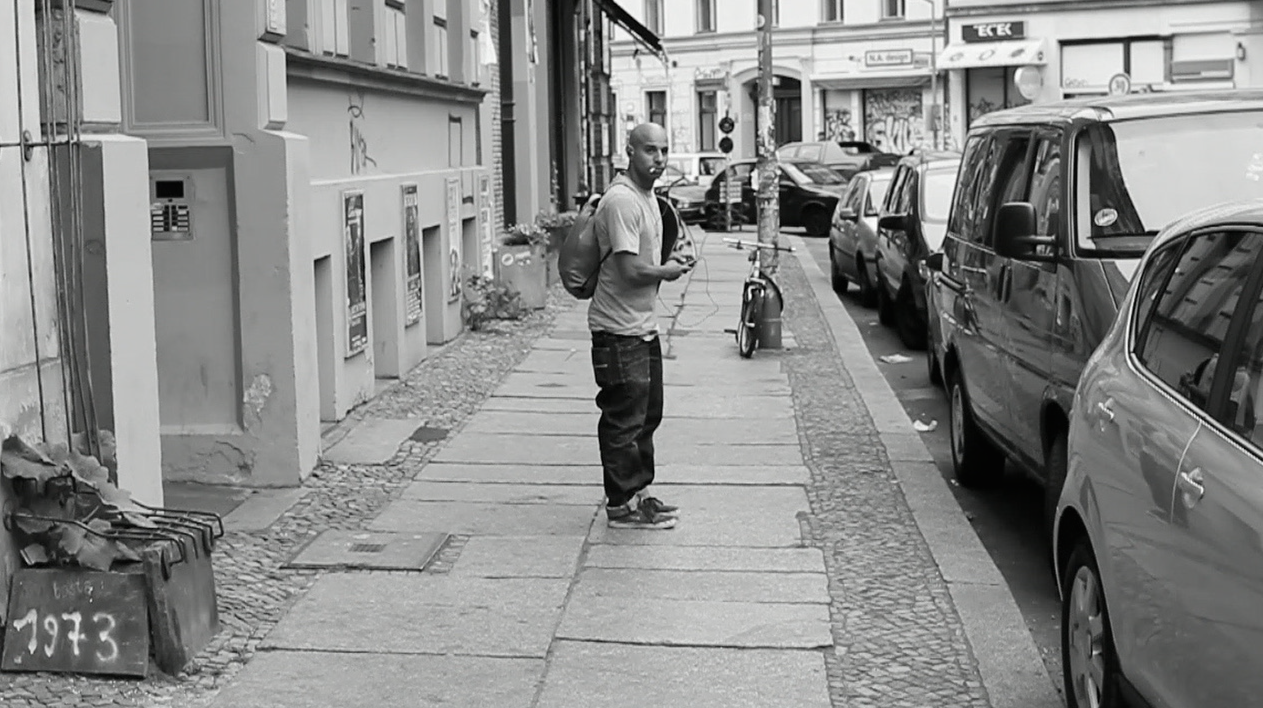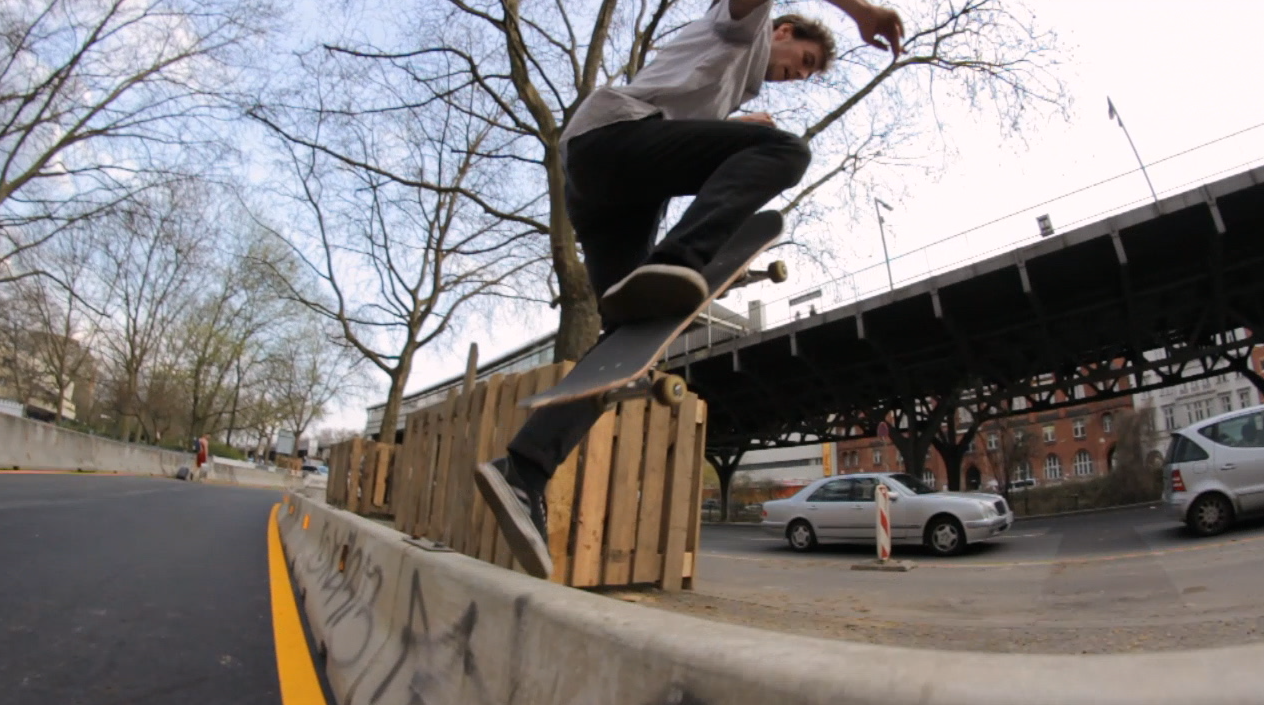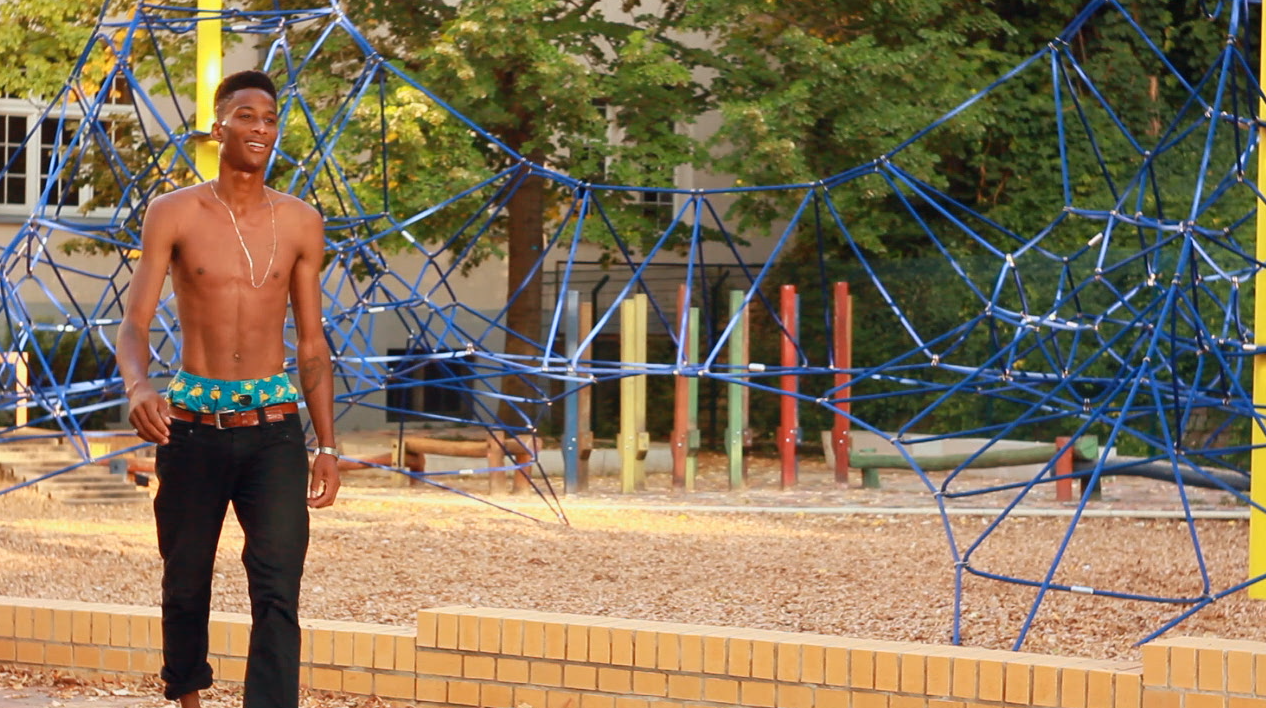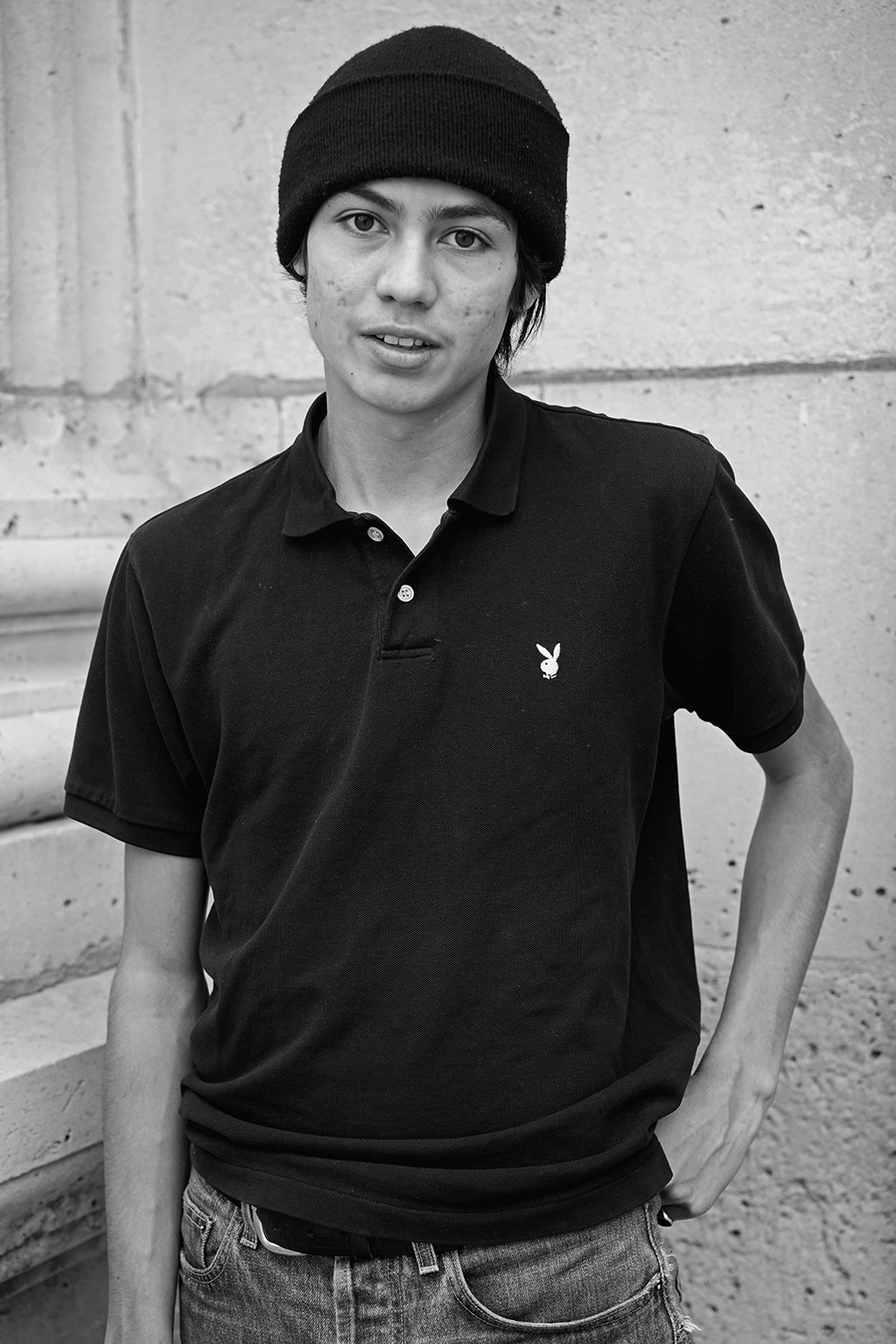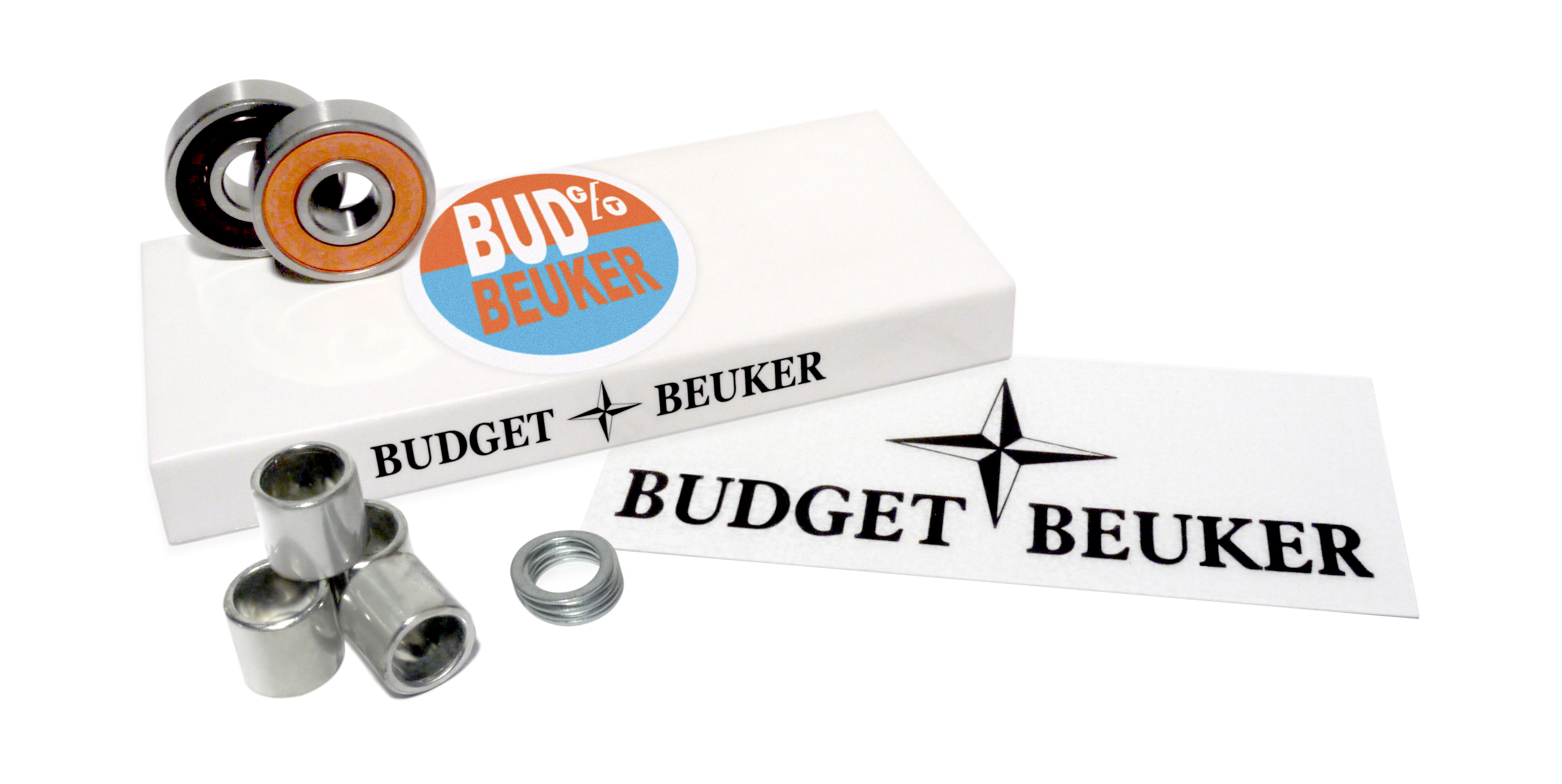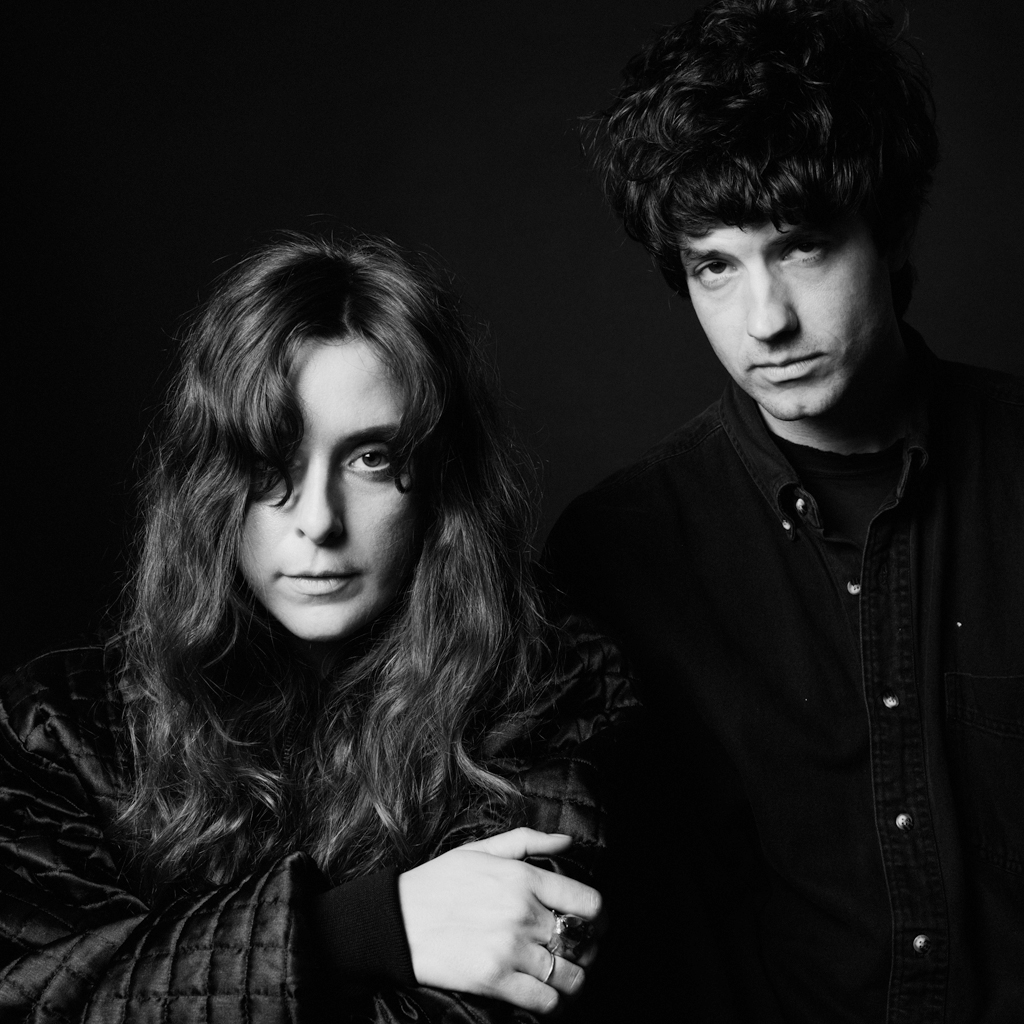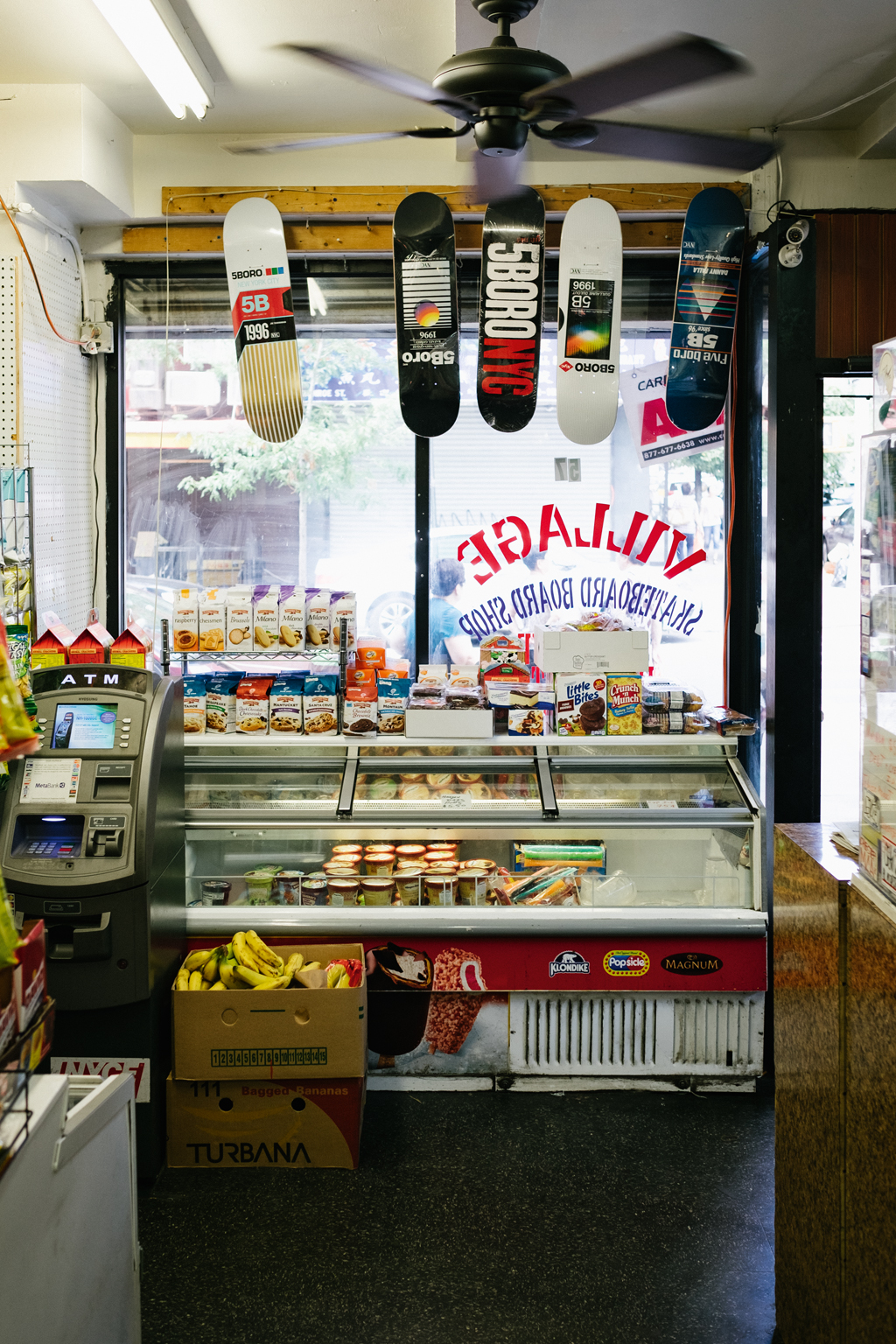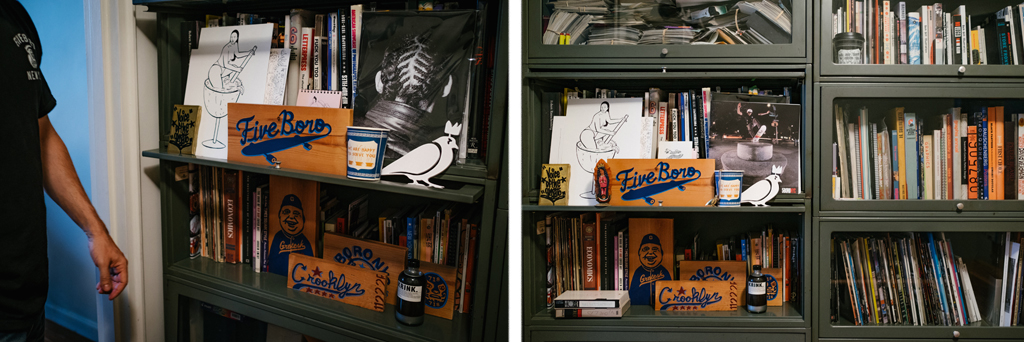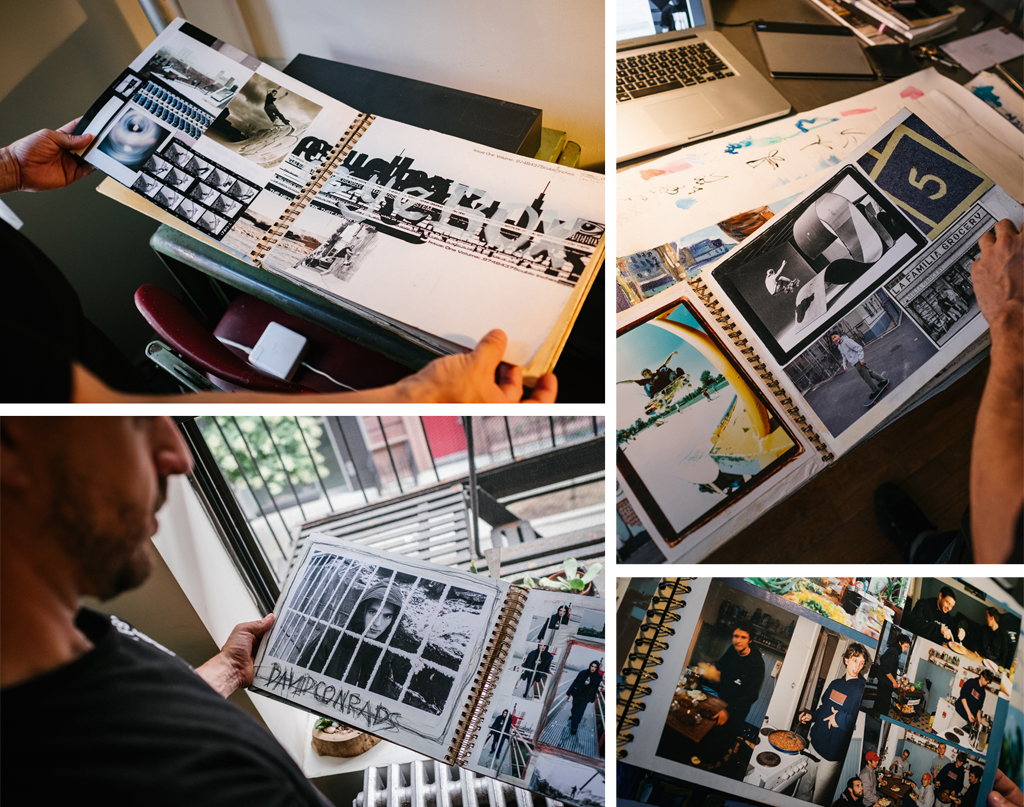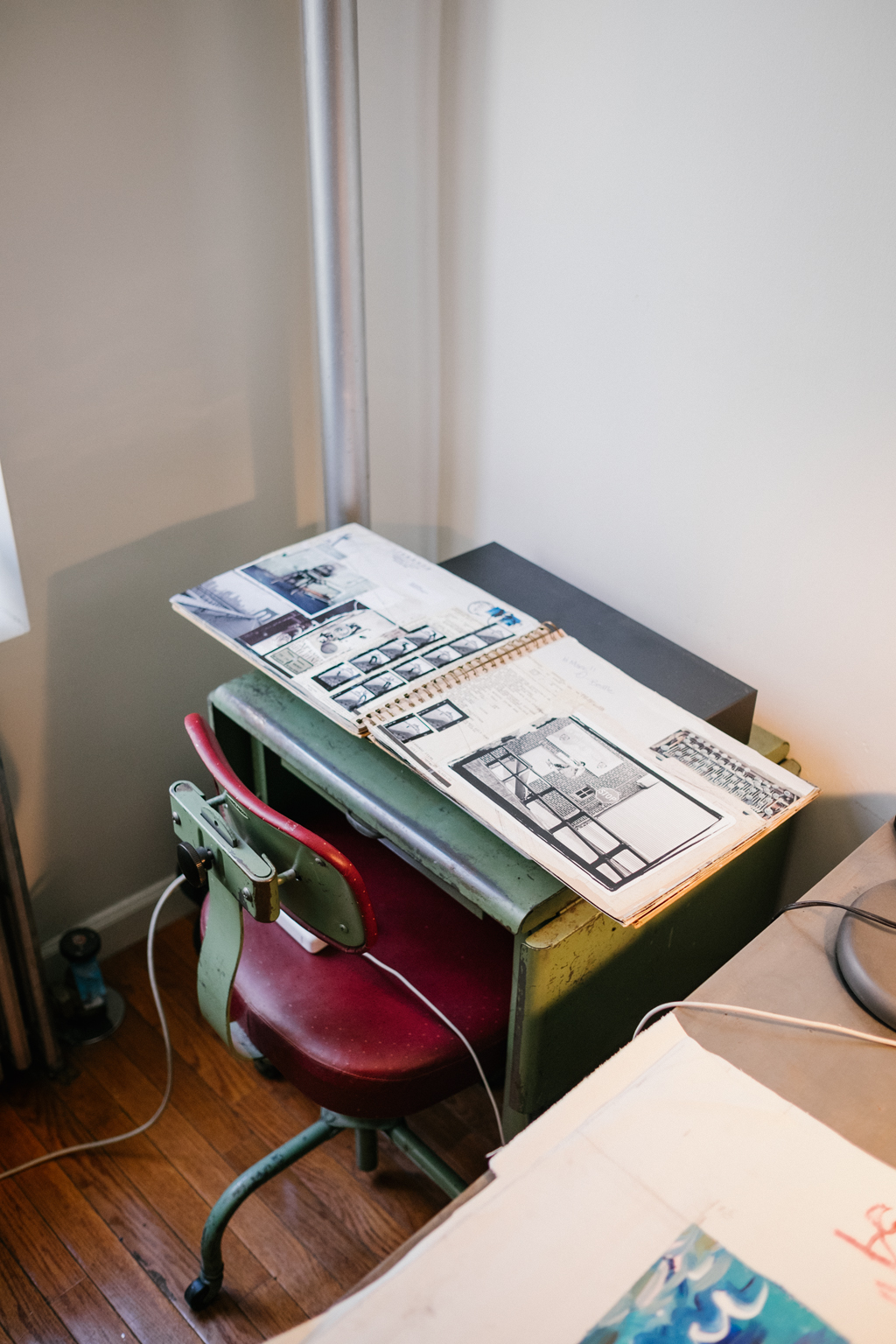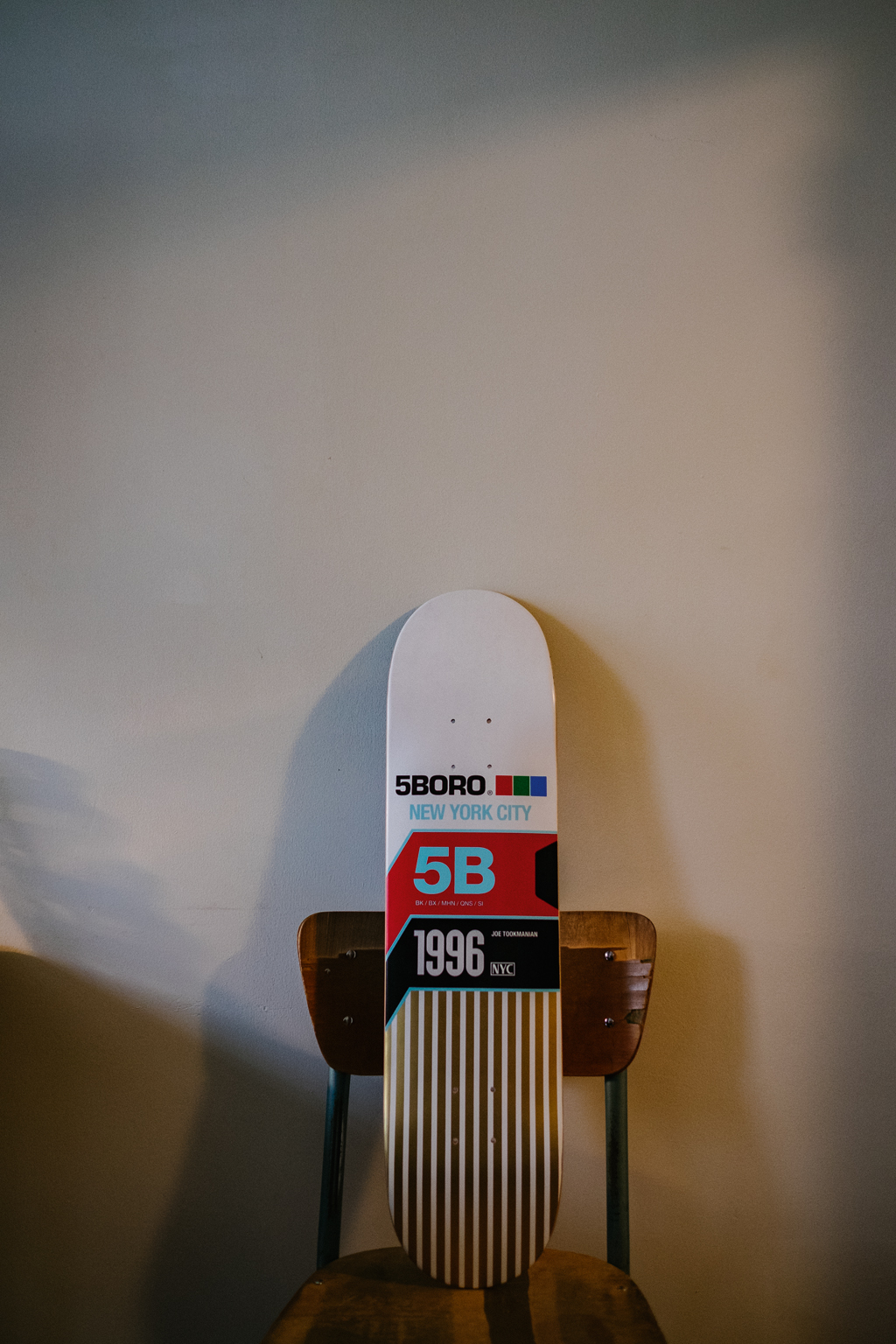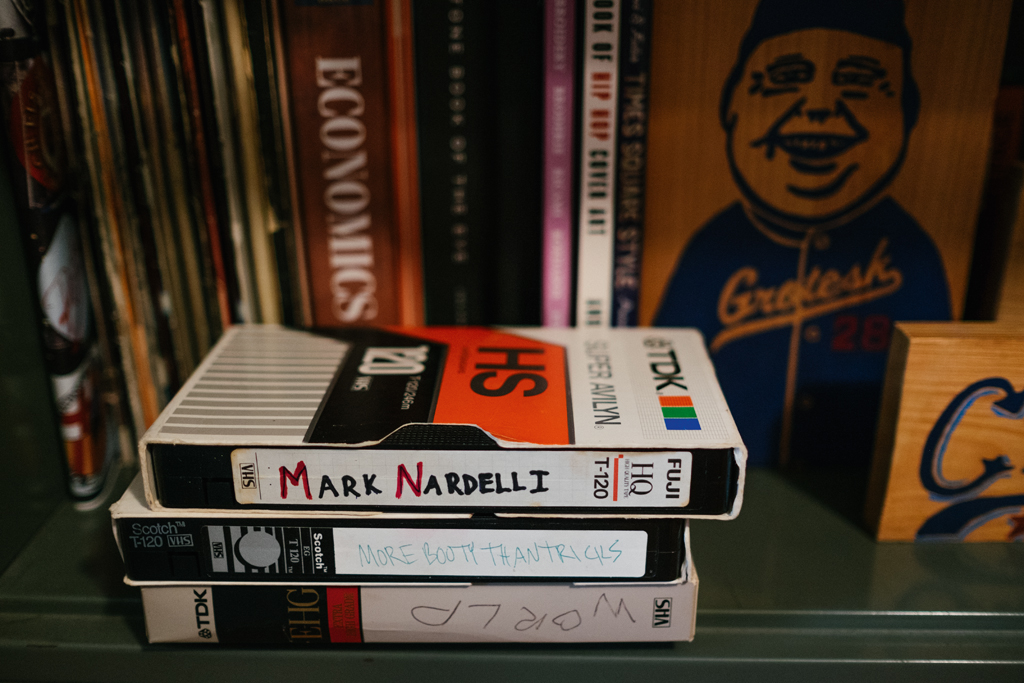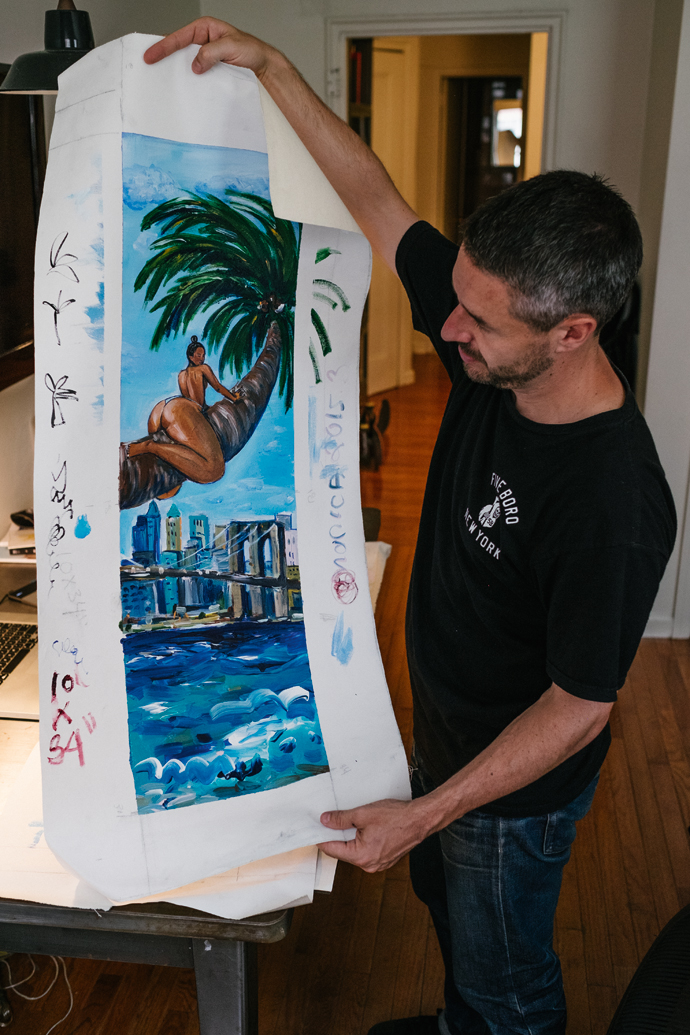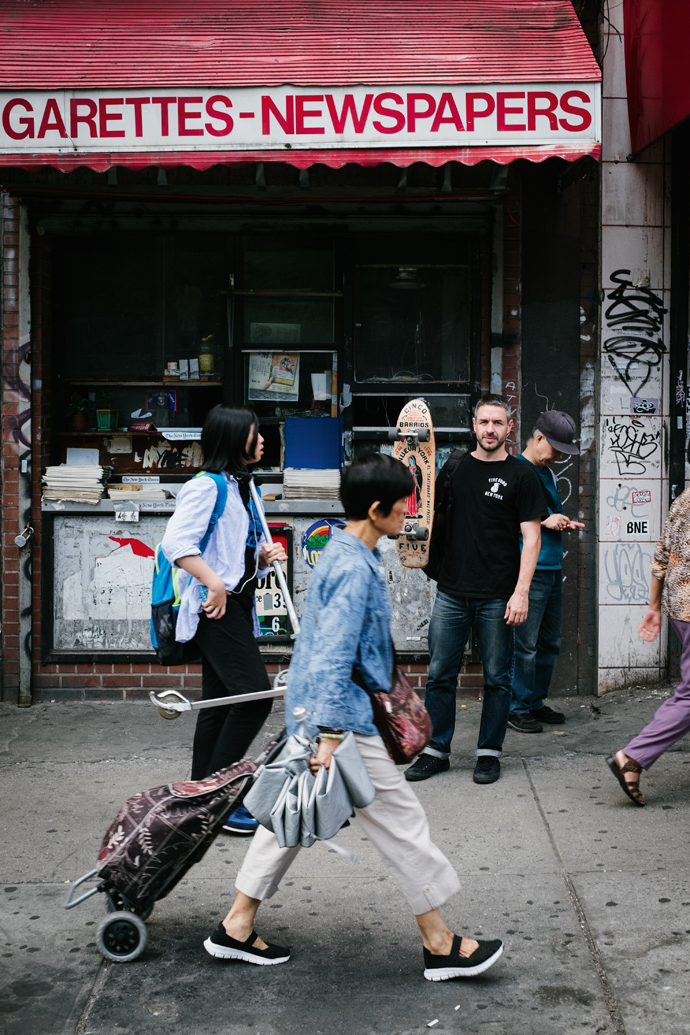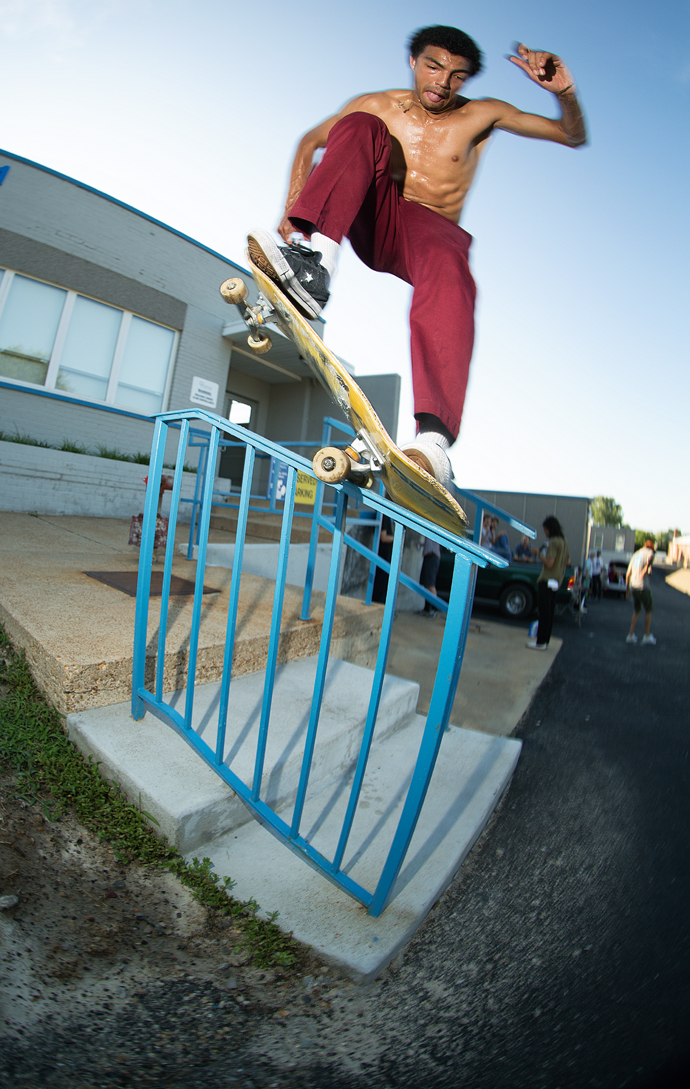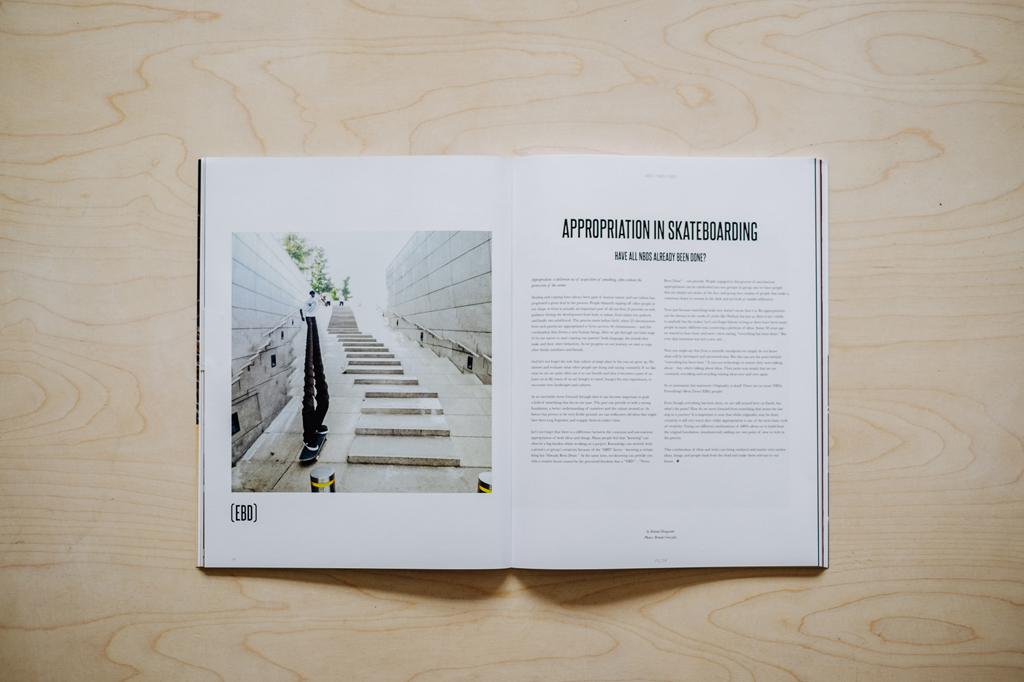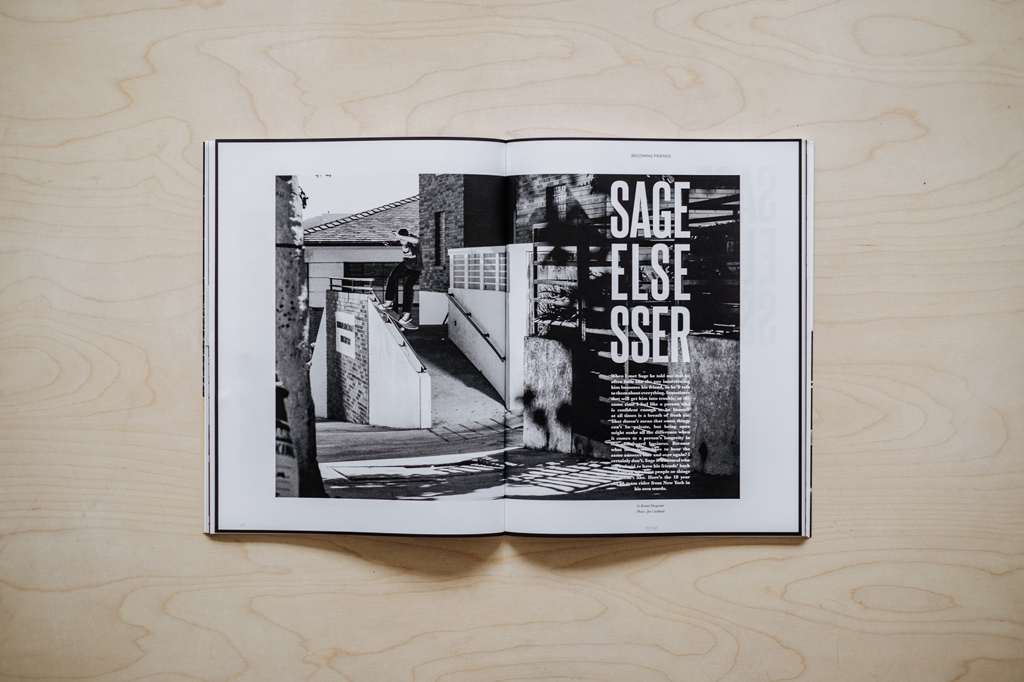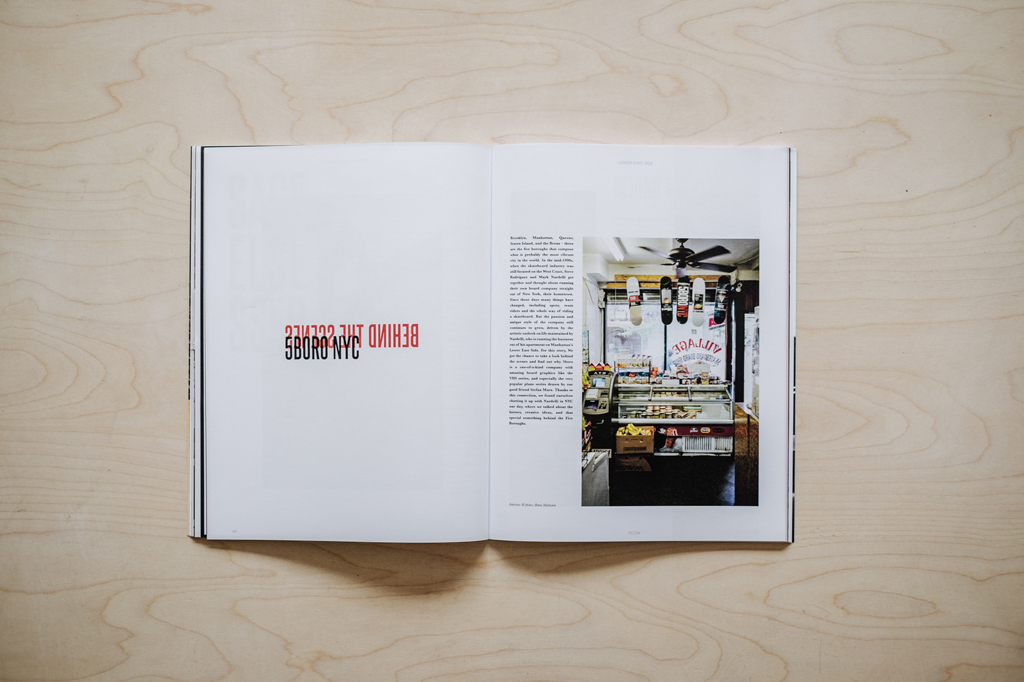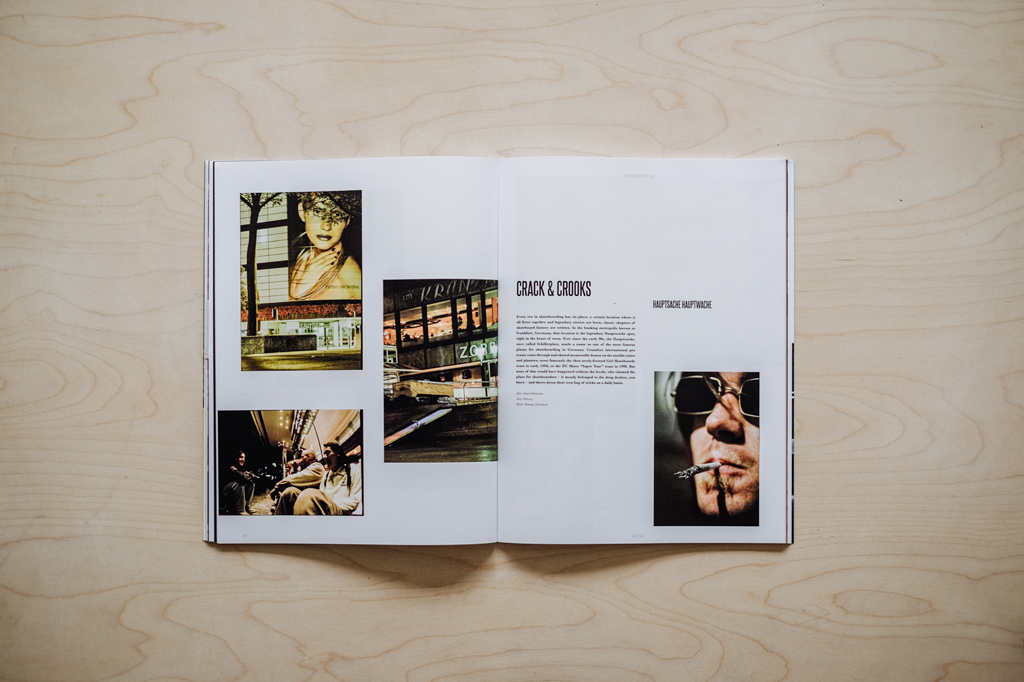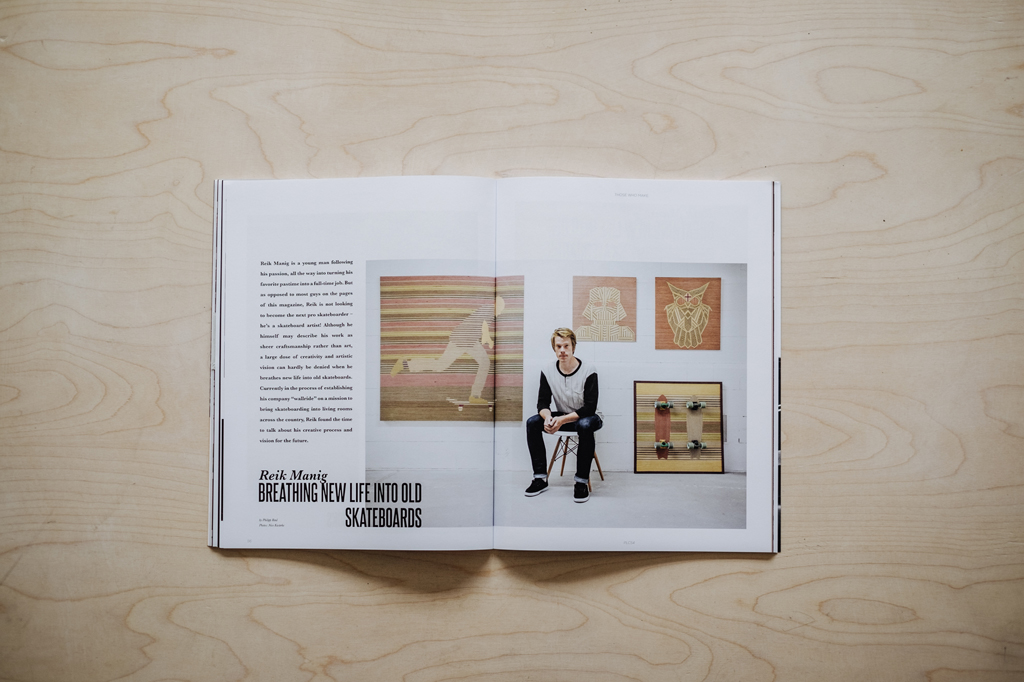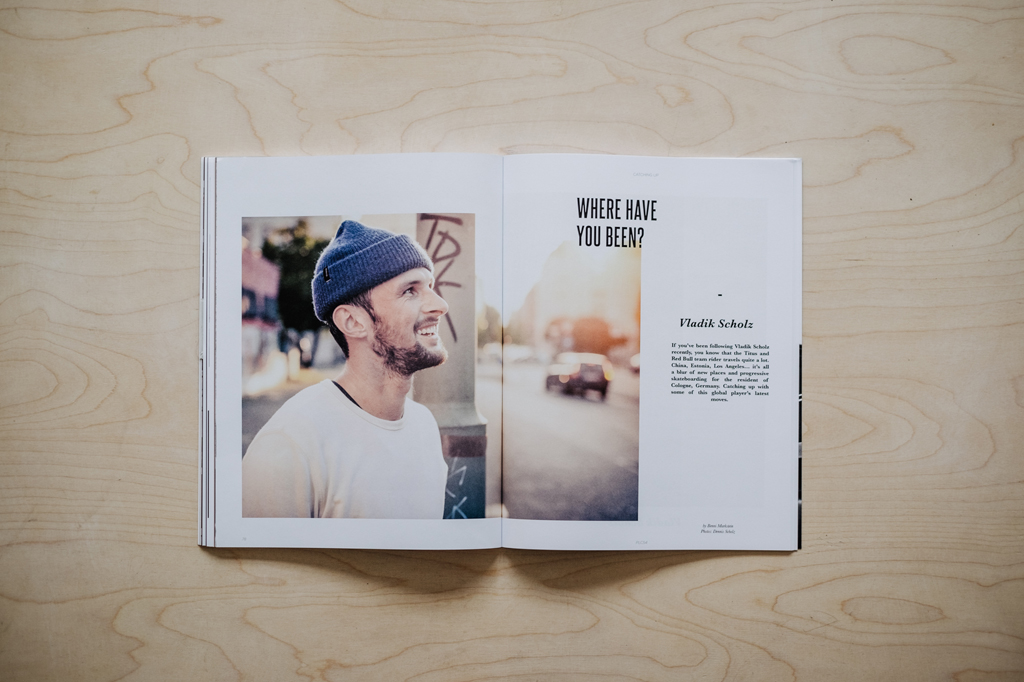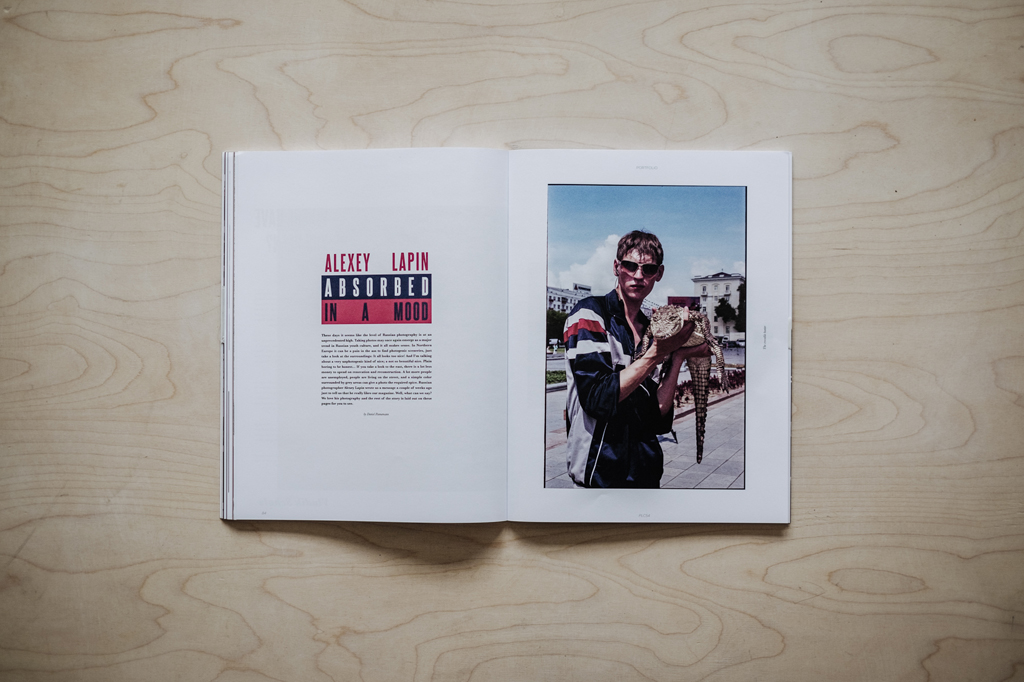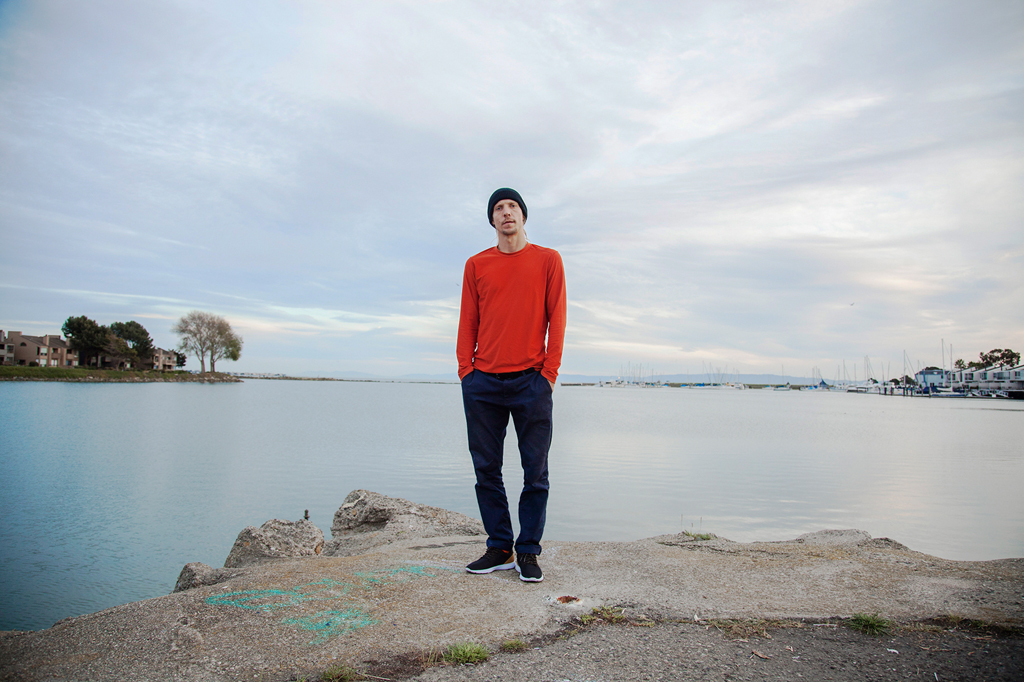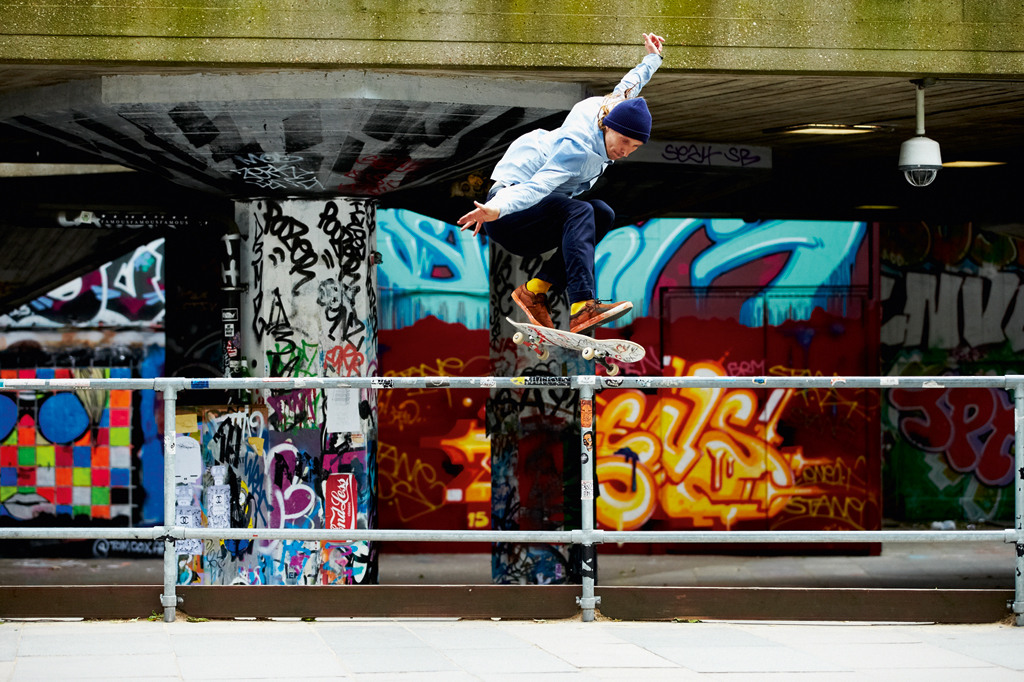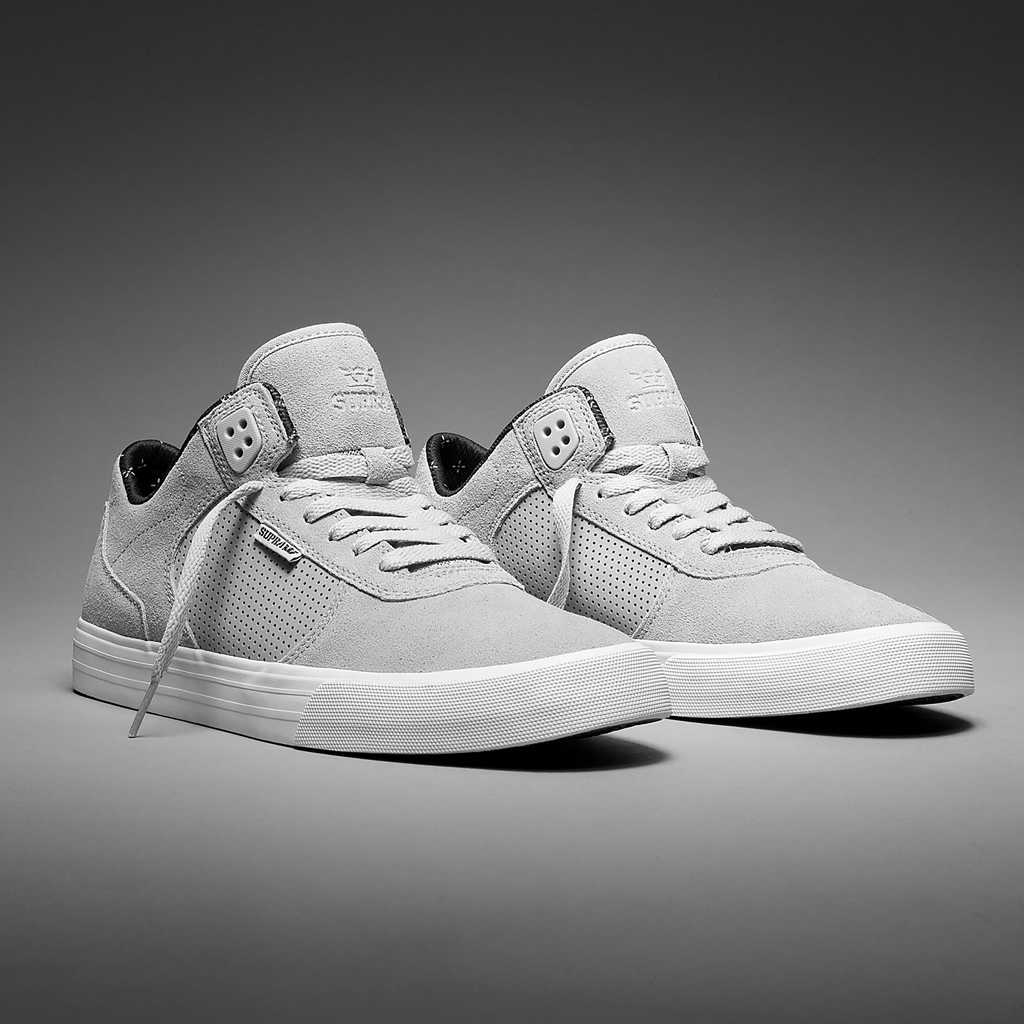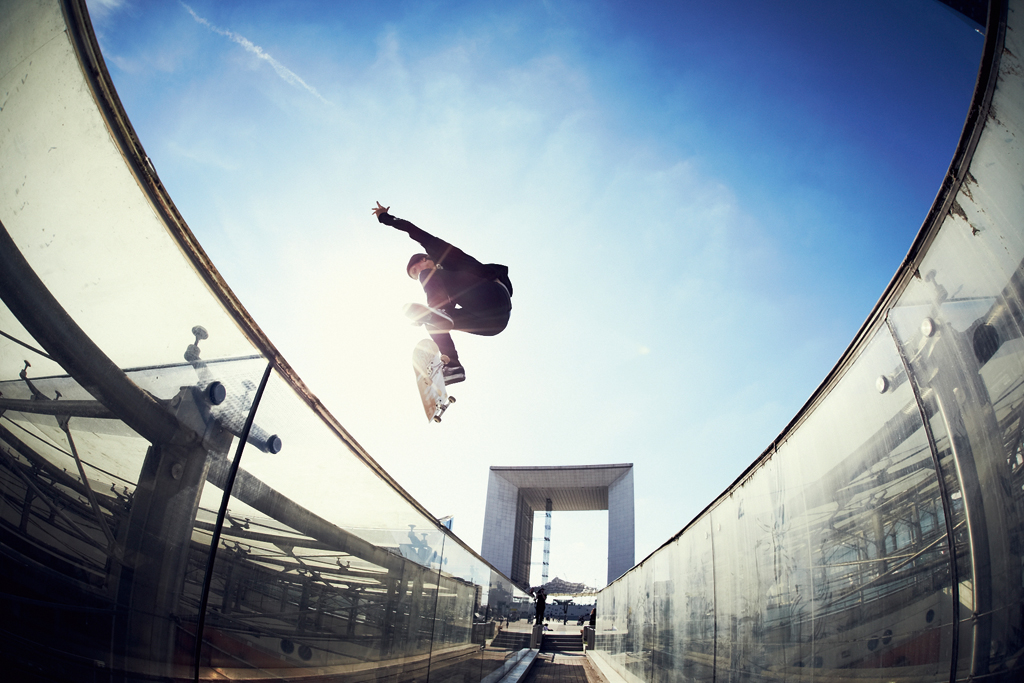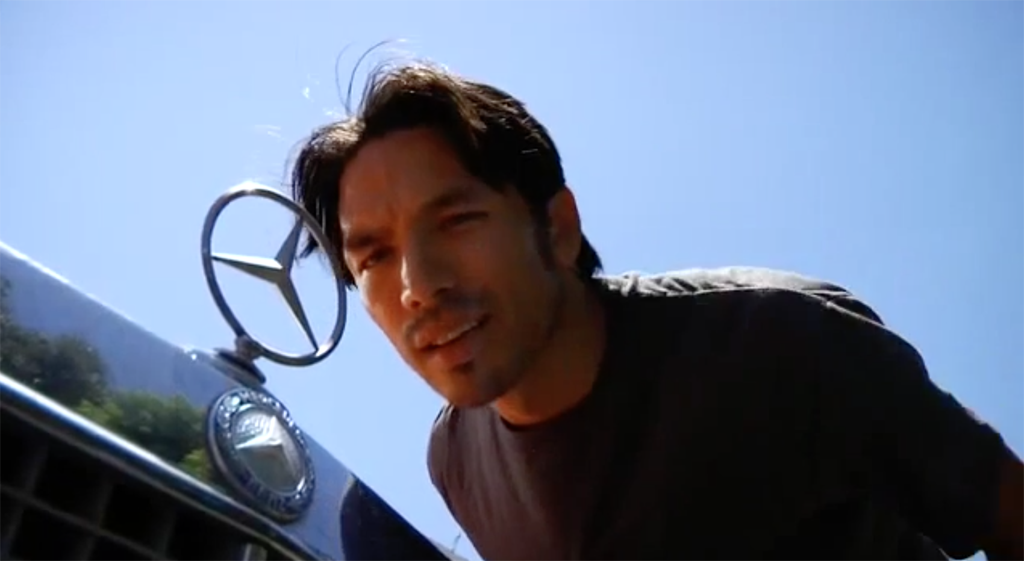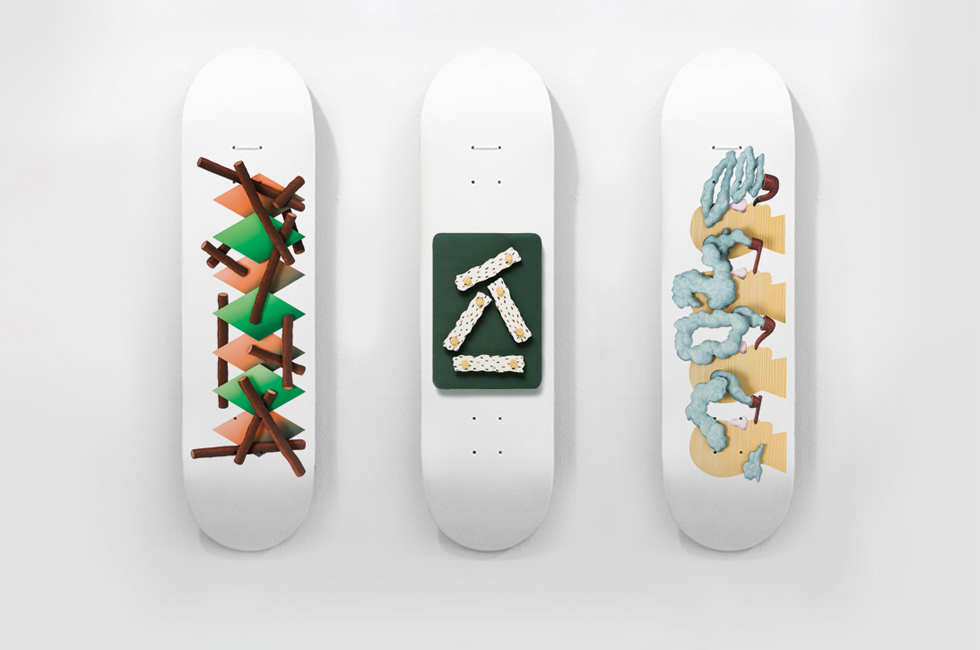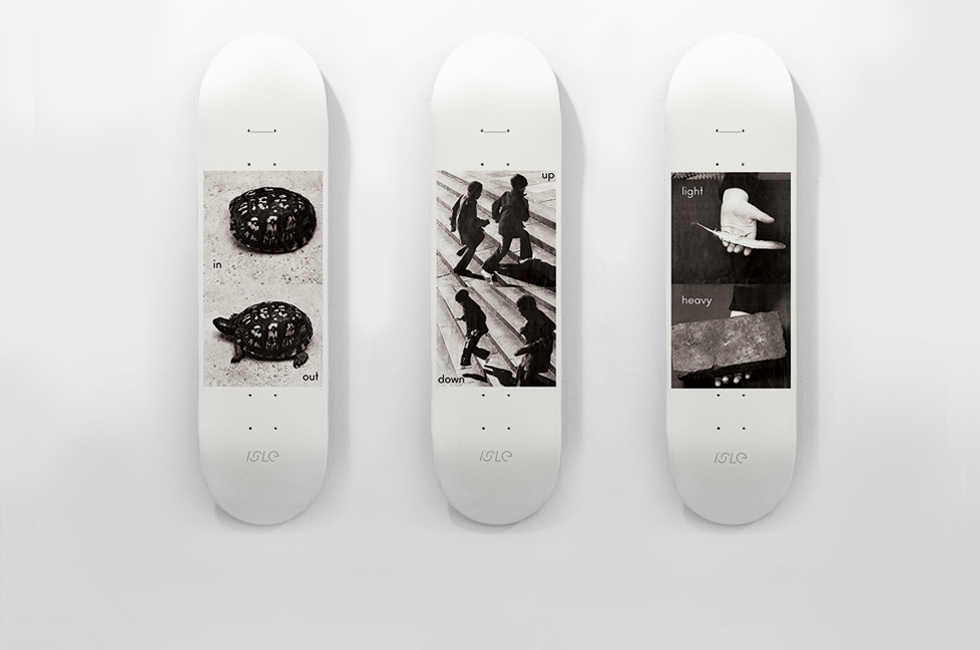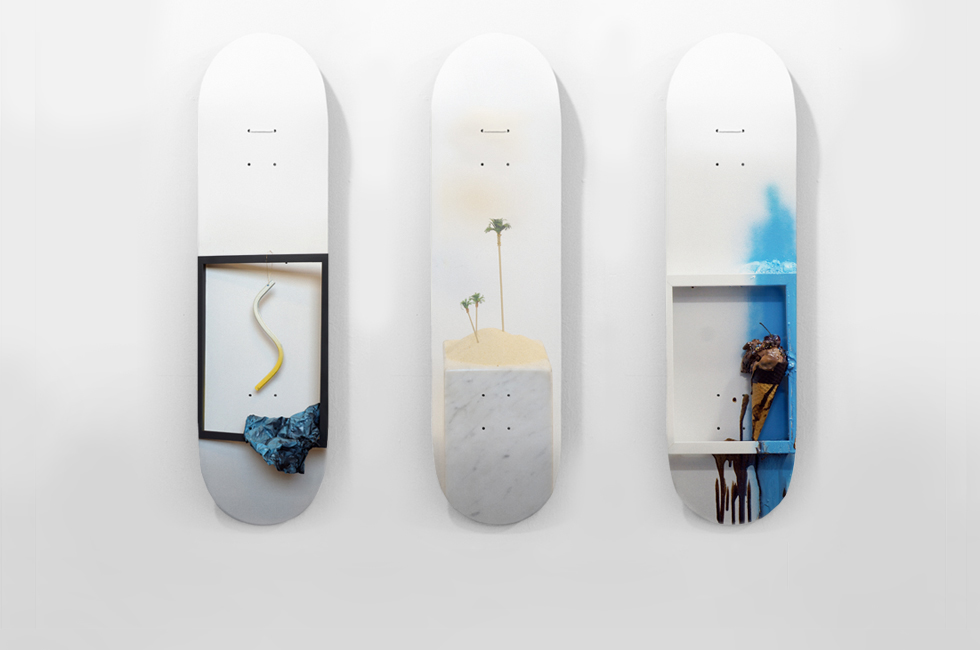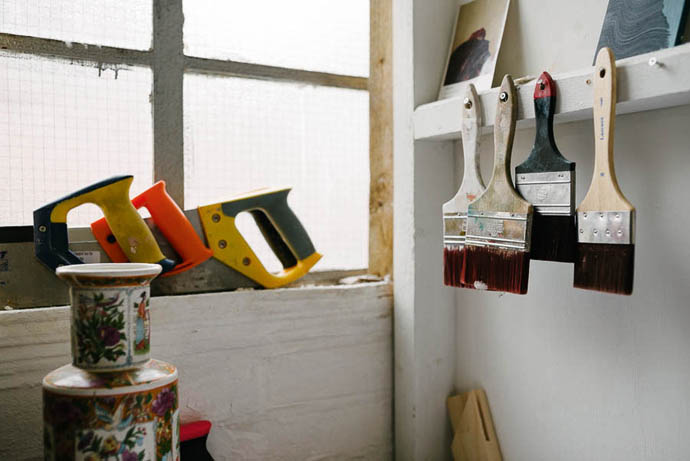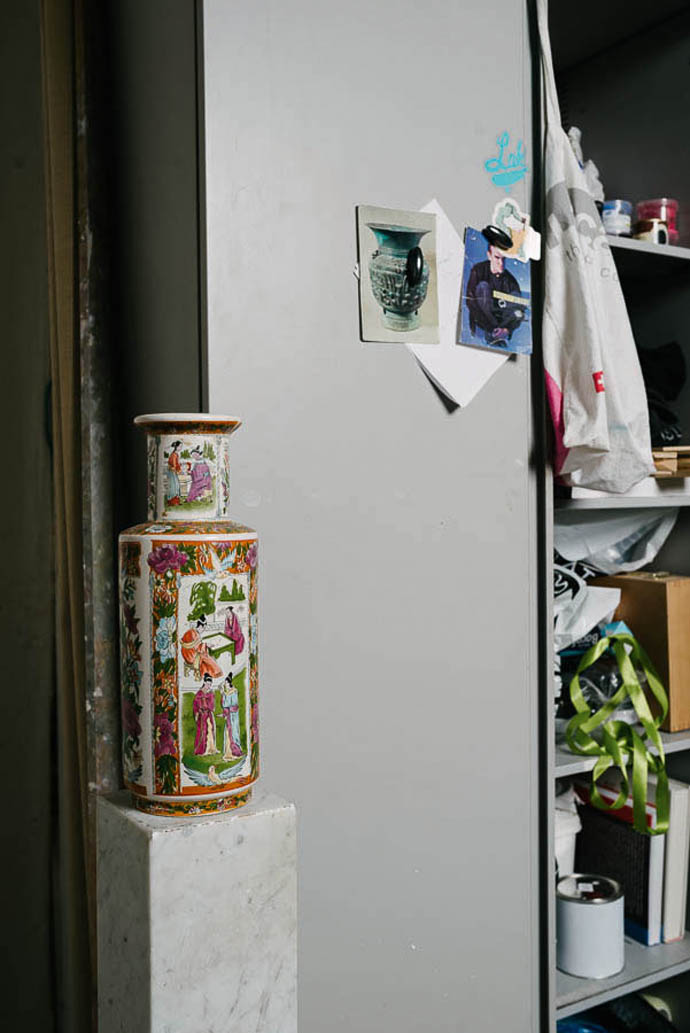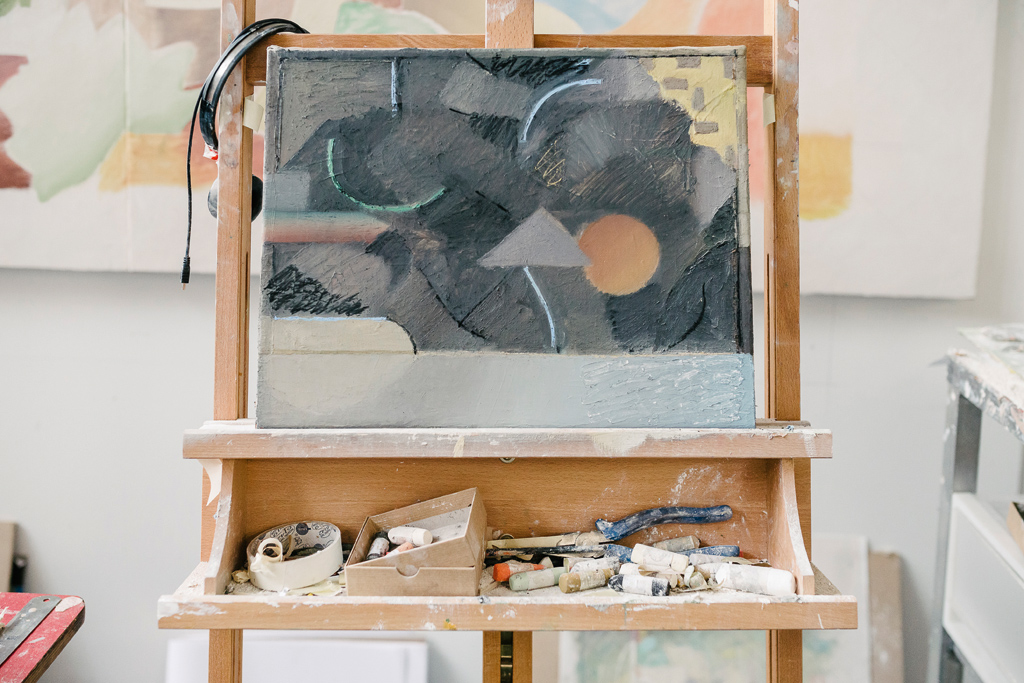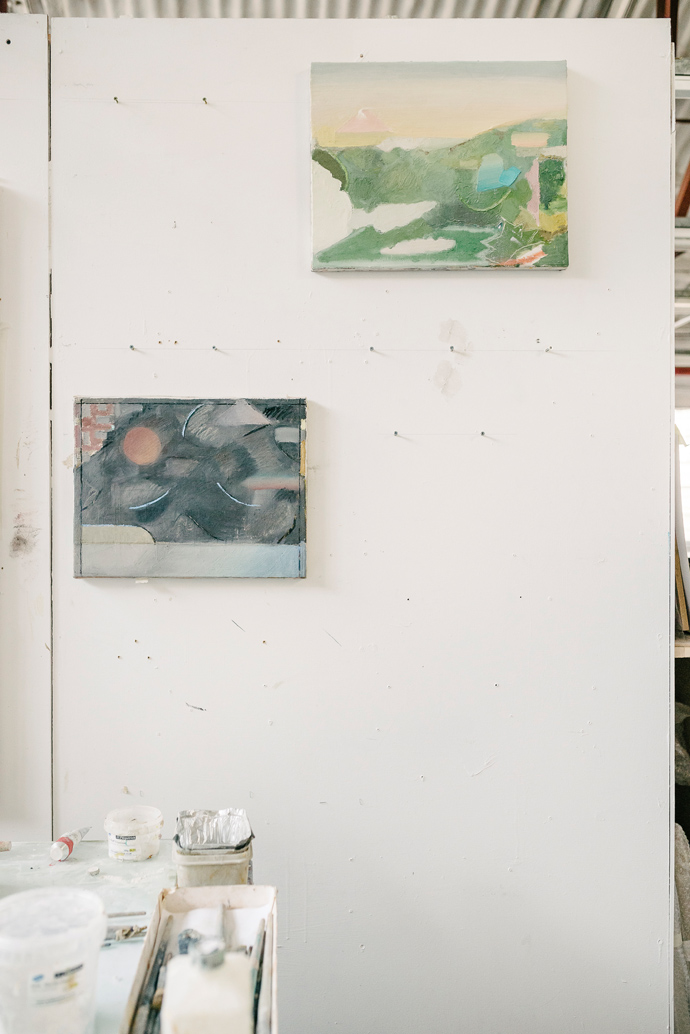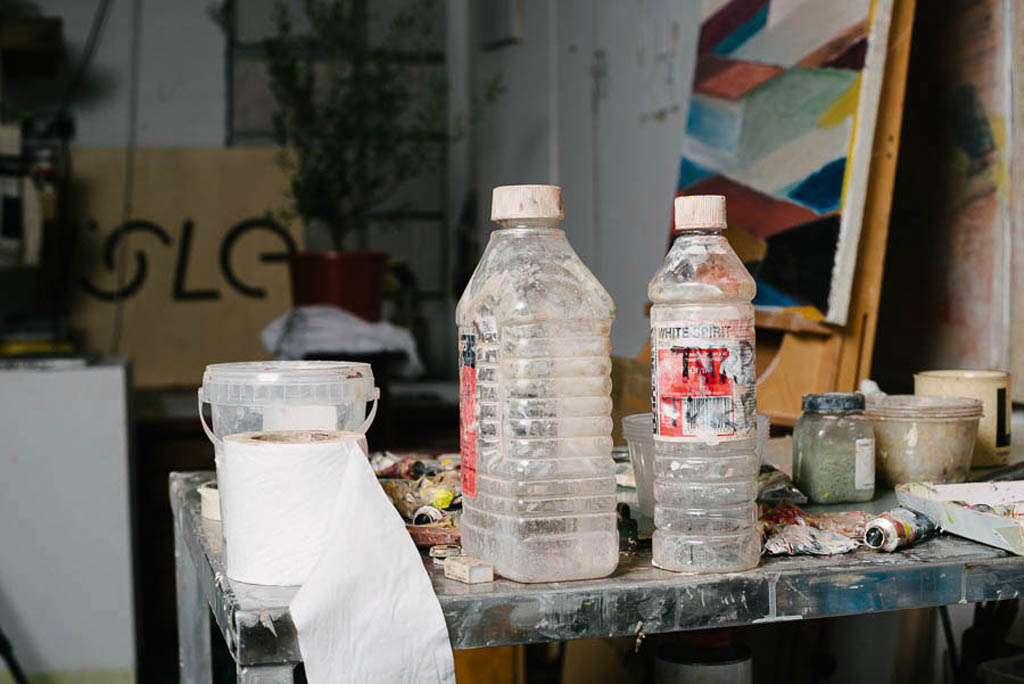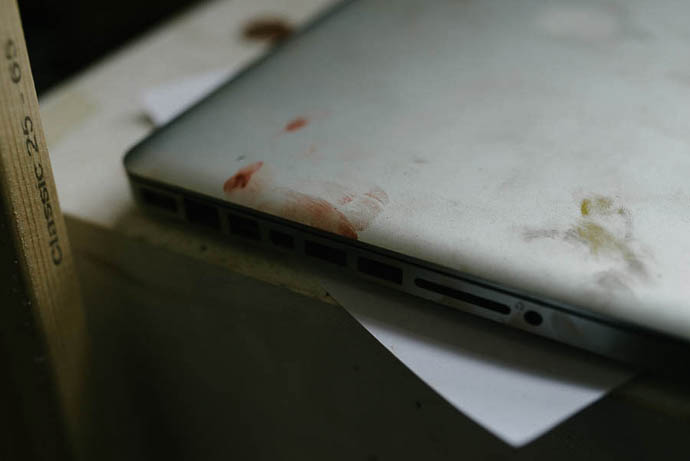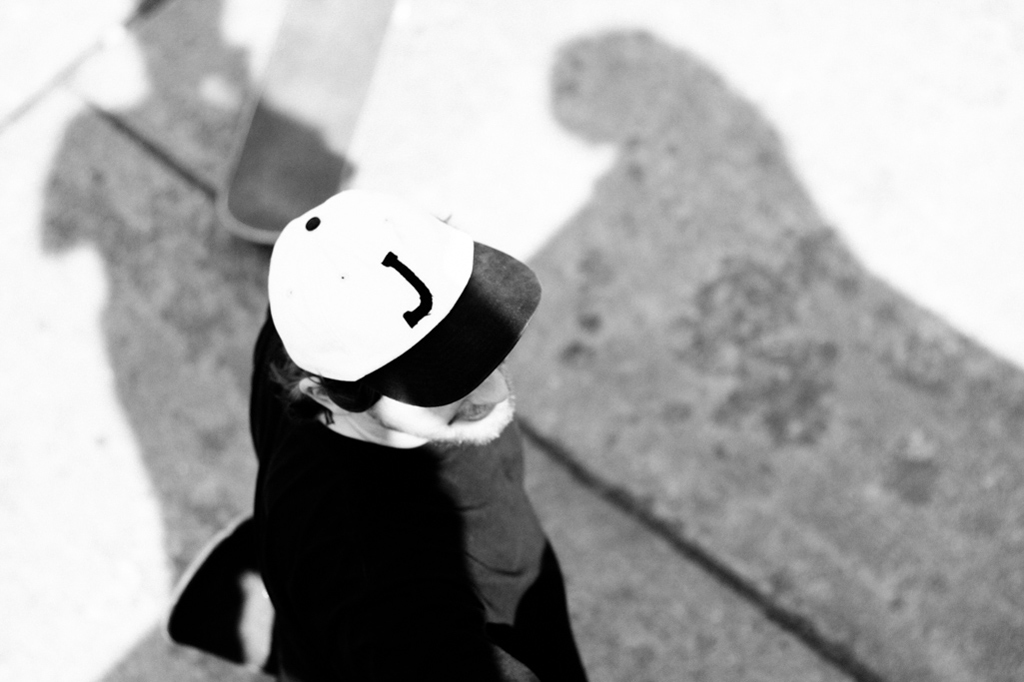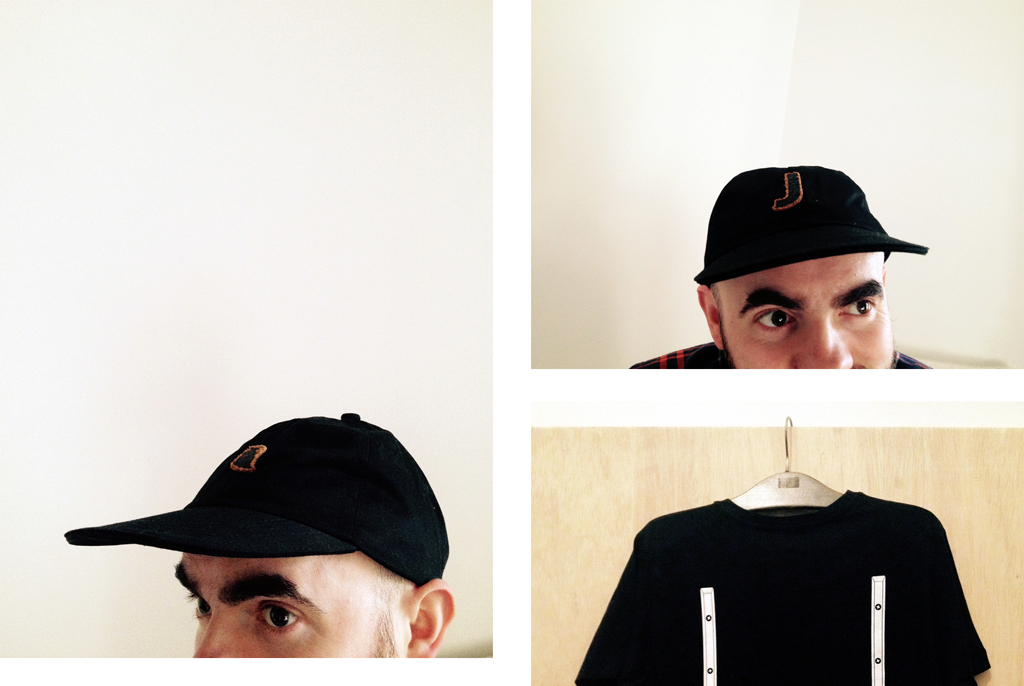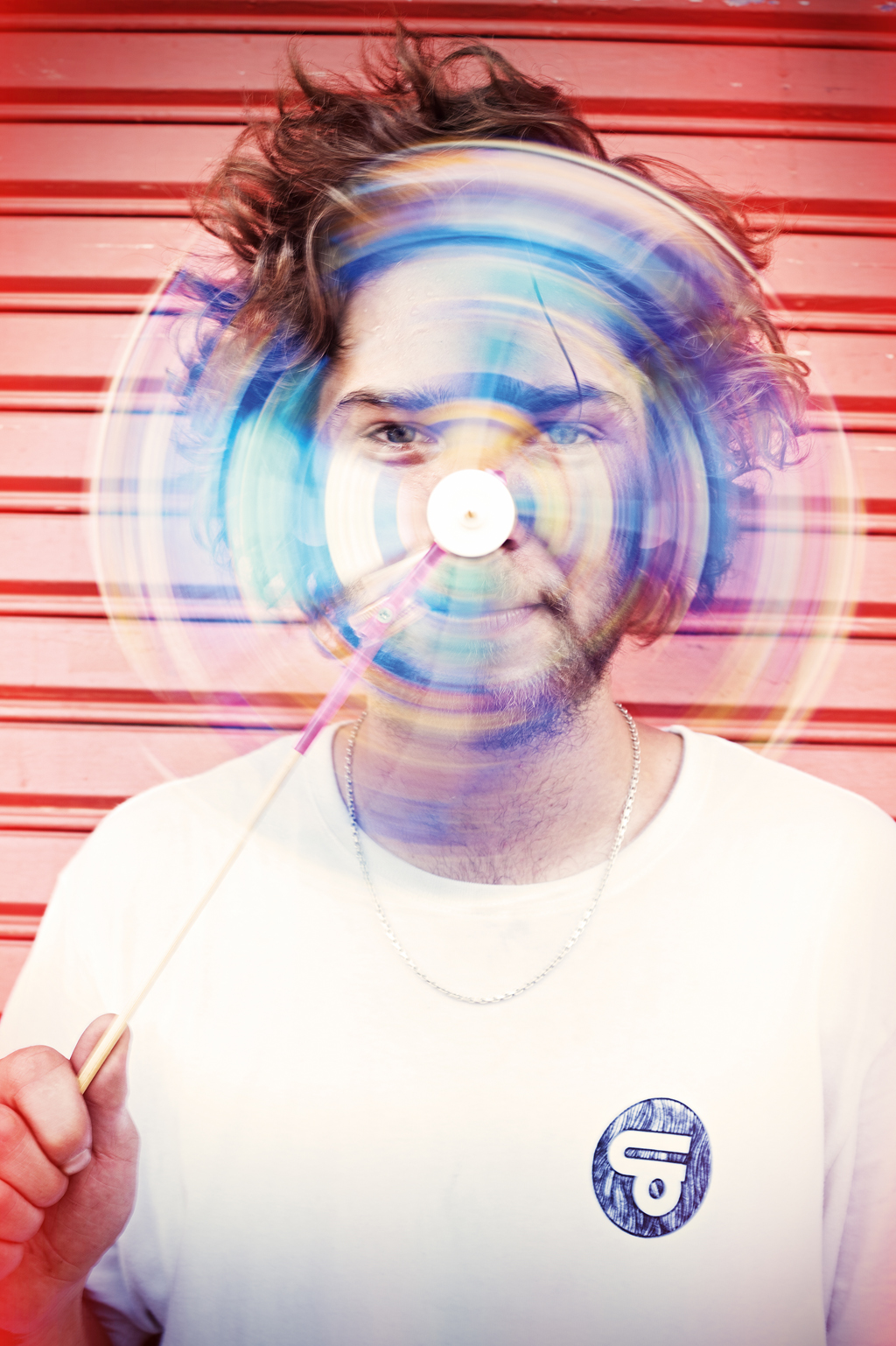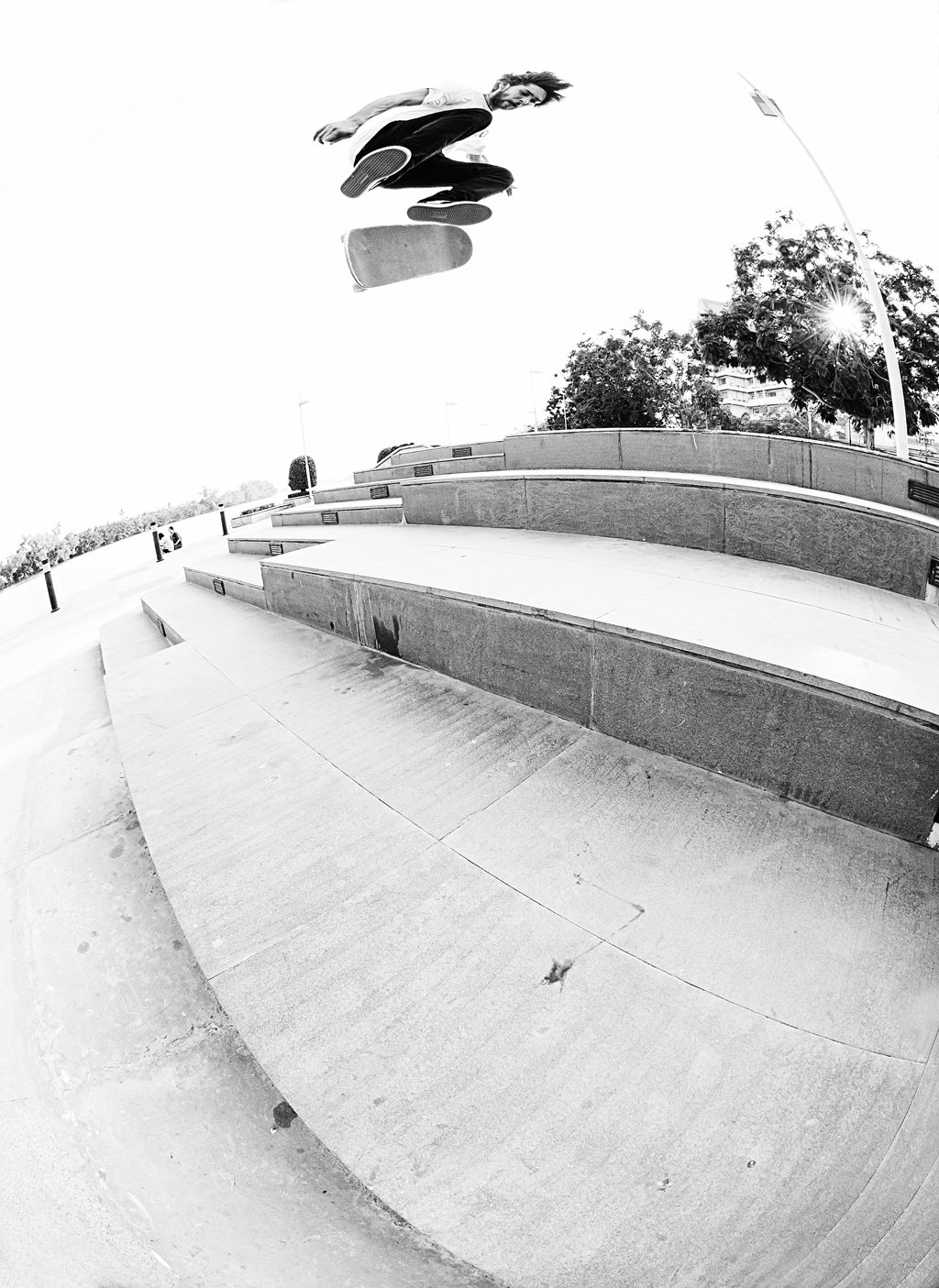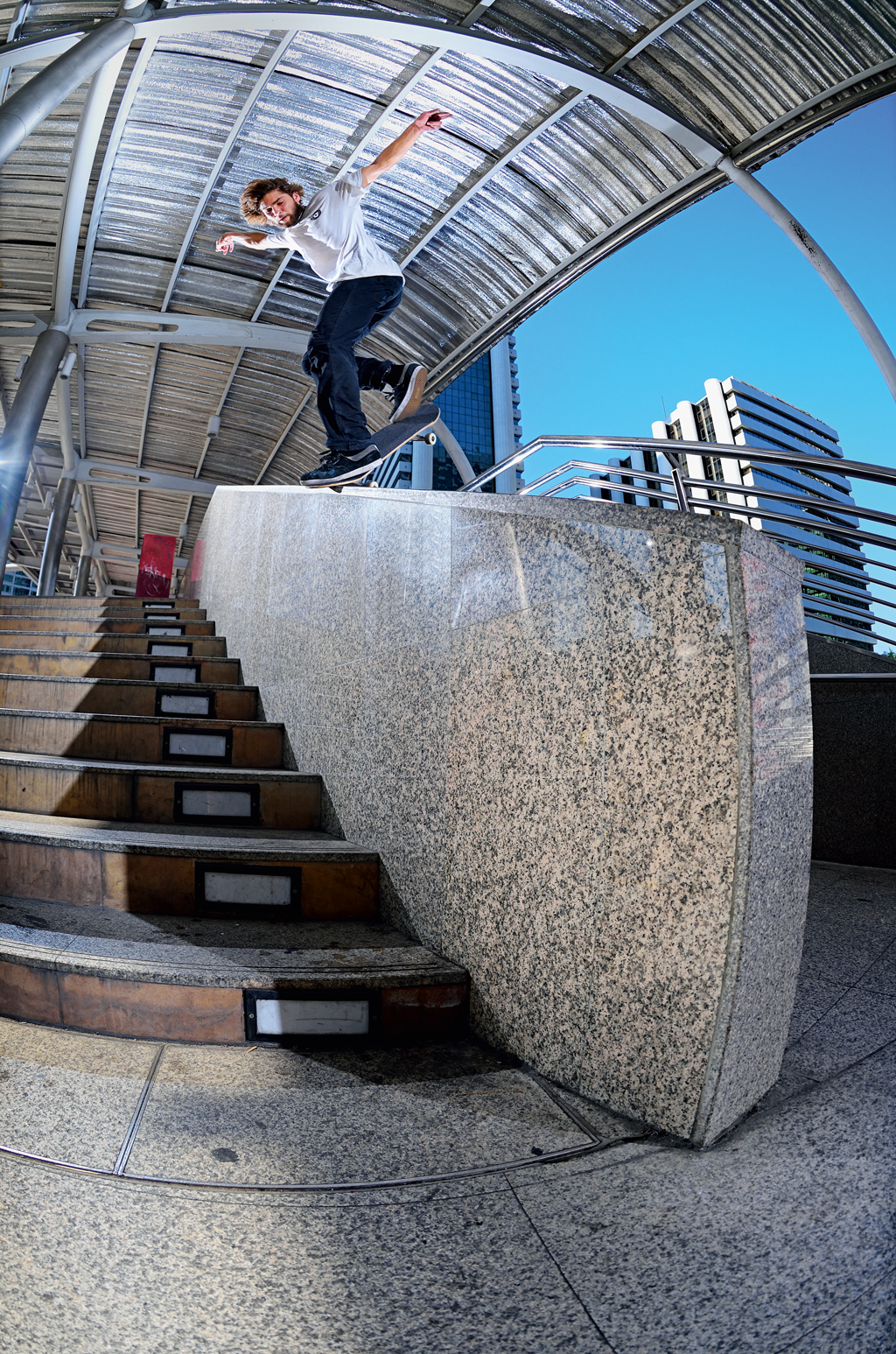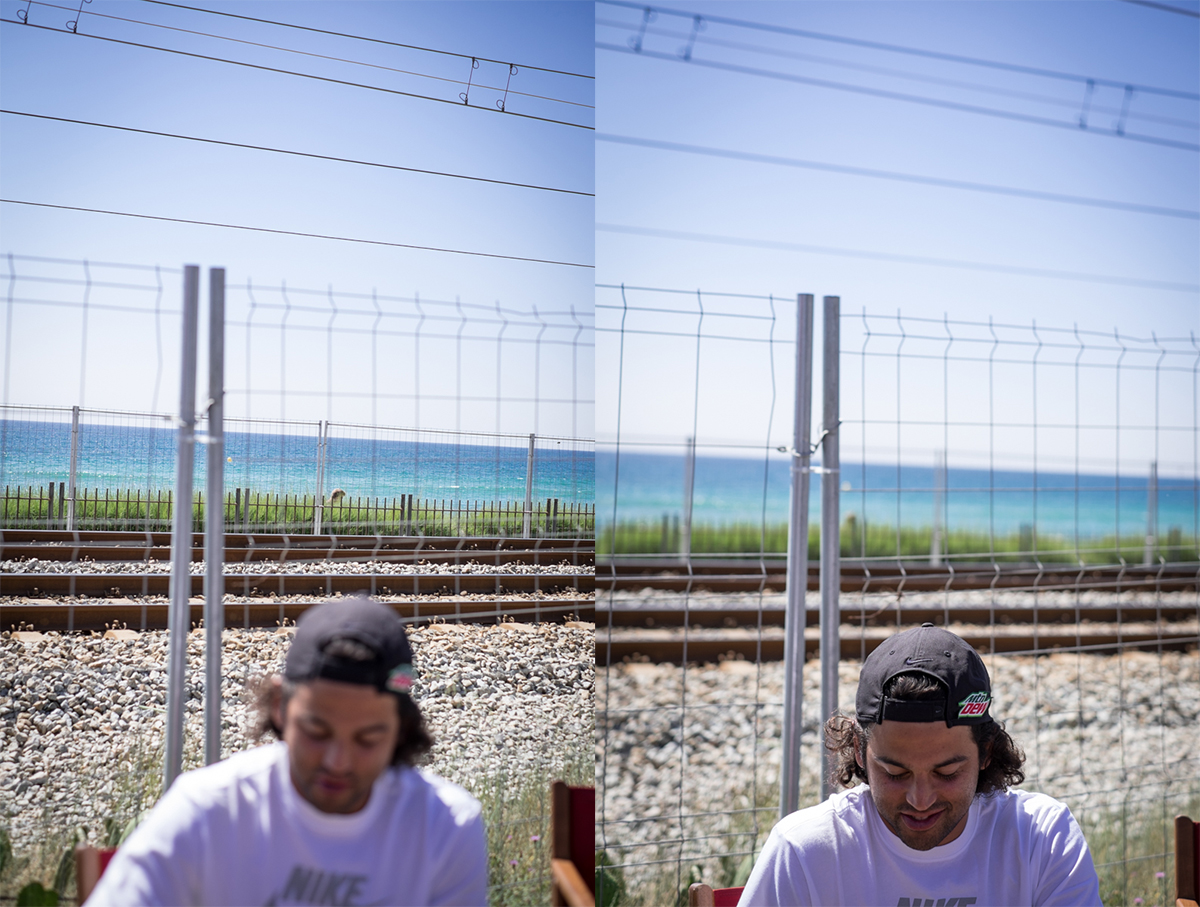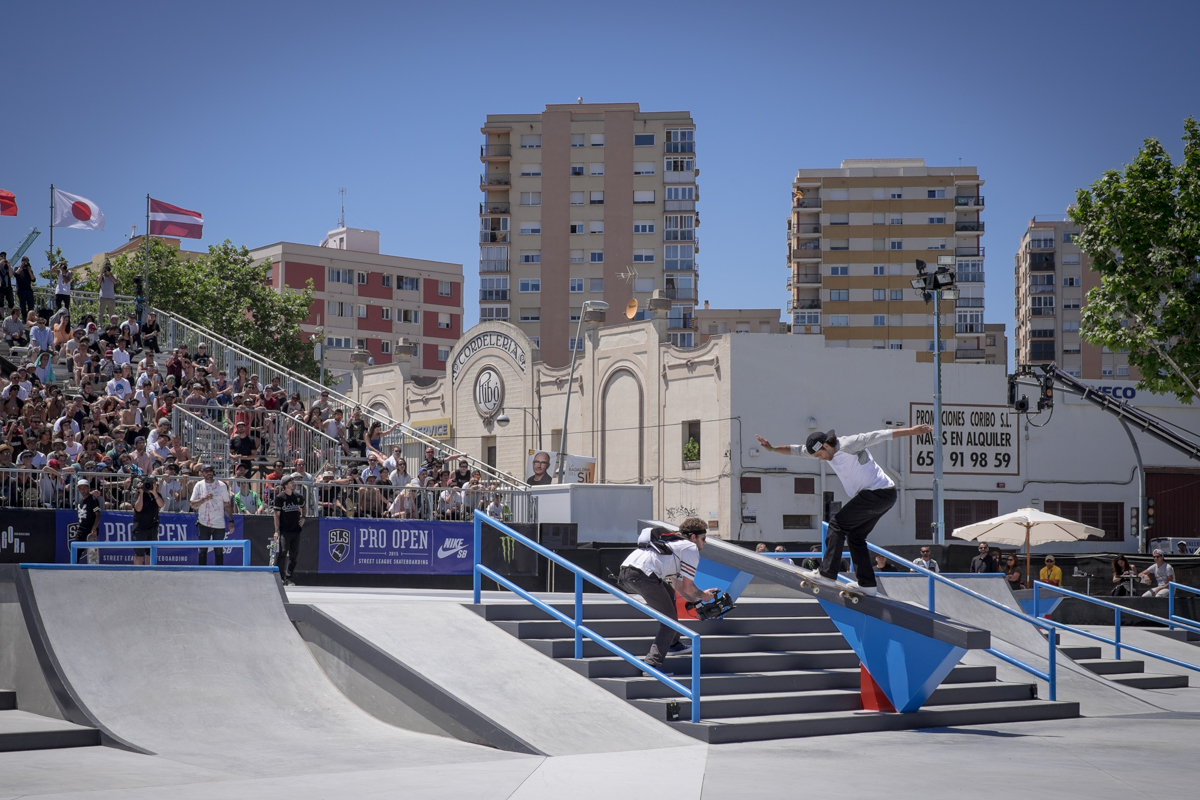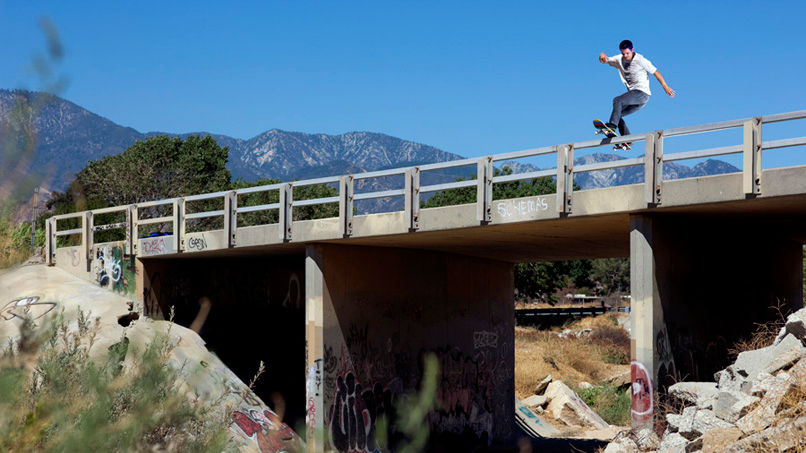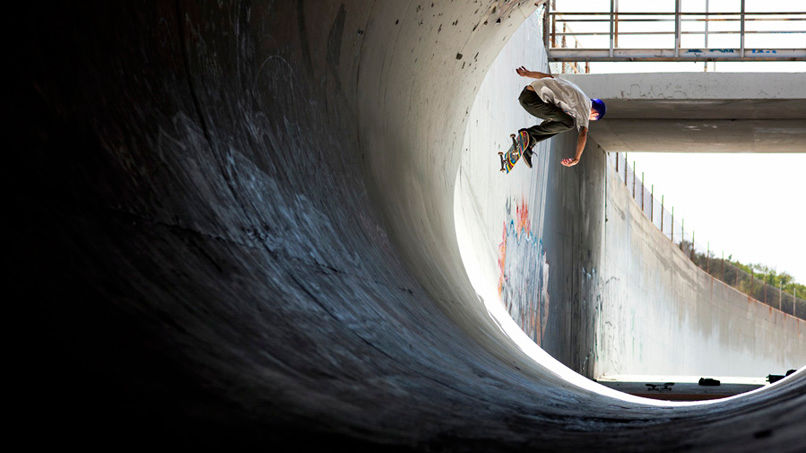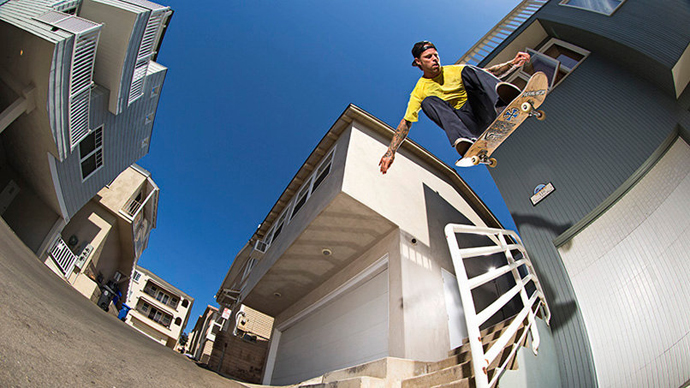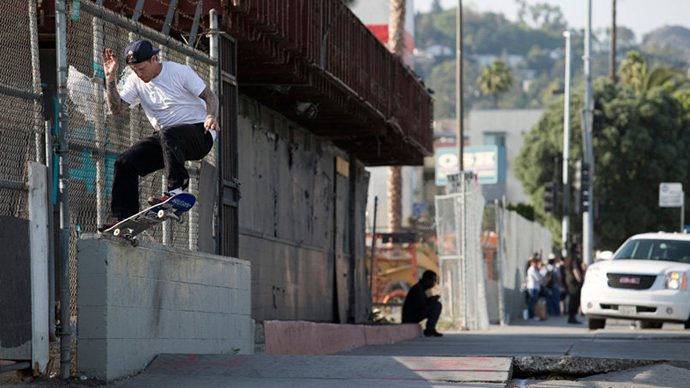Nepomuk ist 1993 geboren, dementsprechend 21 Jahre alt und bereits seit vielen Jahren auf dem Skateboard und in der Berliner Szene unterwegs. Kürzlich wurden er und seine Jungs engagiert, um bei einer Aktion im Nike SB Shelter als iPhone-Filmer zu fungieren und nicht erst seit diesem Tag wissen wir, dass die Jungs sich regelmäßig bei der Ausübung ihres Hobbies mit ihren Smartphones verfolgen. Aus diesem Grund haben wir Nepomuk um seine Expertenmeinung gebeten, um uns ein paar zeitgemäße Antworten auf unsere Fragen über das Social Media Verhalten seiner Generation zu geben.
Wie nutzt du Medien im Alltag?
Eigentlich relativ normal, denke ich. Morgens wachwerden, Kaffee machen, Instagram checken, was so abgeht. Facebook, Mails, kurz rumsurfen, aber auch nicht die ganze Zeit.
Welche Medien nutzt du dabei am meisten?
Instagram gefiel mir von Anfang an am besten, dort bin ich am meisten unterwegs. Dort geht es nicht um komische Status-Probleme, es gibt einfach Fotos und kleine Videos und man kann einfach den Leuten folgen, auf die man Bock hat oder nicht und genauso auch anders rum. Derjenige der keinen Bock hat auf das was du machst, der muss dir ja nicht folgen. Das finde ich, ist das coole an Instagram. Nicht viel Text, sondern auch einfach Bilder, die für sich sprechen. Und das man sein eigenes Ding machen kann. Facebook finde ich nicht so geil, es gibt einfach zu viel Unnützes, Links und Werbung.
Was bekommst du für Feedback zurück, auf Dinge, die du postest? Eine Art Bestätigung?
Eigentlich nicht. Ich war lange verletzt und so habe ich angefangen meine alten Clips zusammen zu schneiden, da ich auch dran bleiben wollte, am Skaten und versucht habe, da coole Sachen draus zu machen. Das habe ich gepostet und gemerkt, dass die Leute das gut finden, die mir folgen. Damals war ich noch relativ unbekant auf Insta und so habe ich eben angefangen, Clips zu machen. Auch dadurch, dass ich so lange verletzt war, habe ich kaum die Gelegenheit für Support bekommen oder Free Stuff oder irgendwelche Trips zu machen und so habe ich angefangen, mich selber zu vermarkten. Einfach, um auch noch mal die Möglichkeit zu bekommen, vielleicht mal auf eine Tour zu gehen oder einen krassen Contest mitzufahren.
Oder auch einen Sponsor zu bekommen?
Oder auch einen Sponsor zu bekommen! Einfach mal die guten Seiten von Skating zu erleben. Dann habe ich immer weiter Videos gemacht und immer mehr positives Feedback bekommen und dann habe ich mich entschlossen, Berliner Skateboarding zu supporten. Es geht mir nicht darum, Fame zu kassieren oder viele Likes zu haben, eigentlich ist die Sache dahinter das Skating in Berlin so zu supporten, wie ich es selber sehe. So habe ich angefangen, wenn immer einer einen coolen Trick macht, drauf zu halten und so sind die Videos entstanden und den Leuten hat es gefallen. So läuft es bis heute, ich will Skaten pushen, weil ich den Eindruck habe, wenn man nicht die richtigen Leute kennt, ist es schwierig selbst gepusht zu werden. Ich hatte nie einen Schuhsponsor, musste meine Schuhe z.B. immer selber struggeln.
Wie wichtig ist deiner Meinung nach Sichtbarkeit in sozialen Medien für Skater? So wie auch du versucht hast, deinen Marktwert zu erhöhen…
Was heisst meinen Marktwert zu erhöhen? Ich habe einfach versucht, Skateboarding zu pushen, mit Homies und meinen Freunden und den Leuten, mit denen ich abhänge. Natürlich auch, um auf mich, auf Berlin und unser Skating aufmerksam zu machen. Aber es ging jetzt nicht in erster Linie darum, Fame zu werden. Es ging einfach darum zu zeigen, hey hier bin ich und checkt meine Sachen aus und ob ihr es gut findet oder nicht, das müsst ihr selbst entscheiden.
Für gesponsorte Skater ist es natürlich wichtig, Coverage zu haben und im Internet neue Footy zu zeigen und produktiv zu sein. Aber ich glaube im Skaten kommt es auch viel auf die Leute hinter den Kulissen an, welchen Teammanager du kennst und wer an welcher Stelle ein gutes Wort für dich einlegt. Da musst du erstmal reinkommen in die Schiene. Das ist auch nicht immer so leicht und wenn du davon keinen Plan hast… nun gut. Es ist auf jeden Fall wichtig, am Start zu sein, zu zeigen, was man kann oder was man hat und darauf kommt es an.
Ist es für gesponsorte Skater wichtig möglichst viele Follower zu haben?
Nee, glaube ich nicht.
Welchen Stellenwert nehmen denn Follower heutzutage ein?
Ach Follower, guck mal das ist doch eigentlich nur eine Zahl. Es geht aber um die Reichweite, wie viele Leute du damit erreichst, darum geht es.
Ist doch die Reichweite, oder etwa nicht?
Ja klar, aber ich kenne genug Leute, die mich dumm anquatschen, weil ich so viele Follower habe und nicht mögen, was ich mache. Ich denke mir nur, wenn du es nicht magst, dann folge mir halt nicht. Die denken, ich wäre famegeil. Aber darum geht es mir überhaupt nicht. Die Leute sehen alles nur auf den ersten Blick und denken nicht darüber nach und bilden sich direkt ein Urteil. Ich will mich eigentlich auch gar nicht beschweren…
Hast du ein paar Tipps, um mehr Follower zu generieren?
Haha… die wollt ihr wissen, oder? Ja, man muss am Start sein. Viel posten, den Leuten auch mal Feedback geben und wenn sie Fragen haben auch antworten. Ich sage mal so, du musst auf dich aufmerksam machen, dann checken die Leute dein Profil ab und entscheiden dann, ob es ihnen gefällt, was man macht oder nicht. Und dann treffen sie die Entscheidung, folge ich dem oder nicht. Und es ist eben wichtig, was du postest.
Wie hat sich deiner Meinung nach Skateboarding durch Social Media in den letzten Jahren verändert?
Auf jeden Fall megakrass! Wenn man mal überlegt, man schaut einmal auf Instagram heute und sieht die härtesten Tricks, von Leuten von denen du noch nie den Namen gehört hast und dir diesen auch nie merken wirst. Sprich, jeden Tag kommt ein neuer Ami-Übermensch raus, der Tricks macht, wo du dir nur denkst, alter, was ist los mit dem? Es hat eine ganz andere Dimension angenommen durch Youtube, Facebook und Instagram und es hat Skateboarding sicherlich voran getrieben, und das Niveau ist extrem gestiegen.
Hat es nicht aber auch die Quantität erhöht?
Klar, jeder versucht heute sein Stück vom Kuchen abzubekommen und sein Ding zu machen. Da ist es auf jeden Fall wichtig, einen Wiedererkennungswert zu haben und für eine bestimmte Sache zu stehen. Wirklich, es sind nur noch krasse Trick am Start, so dass mich schon gar nichts mehr schockt. Das ist schlimm, ich gucke mir das an und früher konnte ich es nicht glauben, wenn einer einen krassen Trick gemacht hat. Heute denke ich mir „okay…“ und scrolle weiter. Ich kann mir auch einfach keine Namen mehr merken!
Wird es austauschbar und gewöhnlich oder was passiert dadurch?
Gewöhnlich trifft es sicherlich ganz gut, da man sich einfach daran gewöhnt immer krasse Sachen zu sehen und zum Standard wird. Vor fünf Jahren noch habe ich mir jeden einzelnen Trick gemerkt, wenn ich ein Skatevideo geguckt habe, doch heutzutage gibt es einfach so viele Parts… könntest du mir jetzt einen Trick sagen aus dem Torey Pudwill Plan B Part? Er macht fünf Minuten lang die härtesten Tricks, die du man gesehen hast, aber es schockt einen einfach nicht mehr, weil es zu viel ist, einfach zu krass. Man kommt einfach nicht mehr hinterher.
Was bedeutet das? Wird Skateboarding langweilig oder stirbt gar irgendwann aus? Was ist deine Prognose?
Nee, Skateboarding wird nicht aussterben, auf keinen Fall. Es wird einfach krasser und viel härter. Mehr Technik, höhere Stufen, härtere Rails…
Aber das war ja schon immer so. Kam z.B. damals ein neues Zero Video raus, waren in dem Video auch immer die neuen fettesten Stufen und dicksten Rails zu sehen.
Ja klar, aber es hört einfach nicht auf und der Überfluss an Footage nimmt einfach zu, man kann sich nichts mehr merken. Es ist einfach zu krass,.Aber ich finde, es gibt immer noch einen Unterschied zwischen Coverage und dem Internet. In Magazinen gibt es viele Fotos und Tricks, die einen künstlerischen Anspruch haben, was im Video oder auf einem kurzem Insta-Clip nicht so ist. Dort kommt es mehr auf die Härte der Tricks an, doch im Magazin, das gedruckt wird, kommt es auch auf die Schönheit des Tricks und die Ästhetik des Fotos an.
Ja stimmt, die Ansprüche sind da sehr gestiegen.
Ich glaube es wird jetzt immer wichtiger in diesem ganzen Überfluss seinen eigenen Style und einen gewissen Wiedererkennunsgwert zu haben, den die Leute gut finden. Z.B. seit ich denken kann, ist Lem mein absoluter Lieblingsskater! Ich war so beeindruckt davon, mit welchem Flow er die Tricks macht und aus dem Fussgelenk schüttelt und so wollte ich auch immer skaten. Und auf solche Leute kommt es jetzt einfach noch mal mehr an, bei denen dieser Wow-Effekt wieder zurück kommt. Das ist mir ganz wichtig.
Wie oft schaust du schätzungsweise pro Tag auf dein Smartphone?
Puhh, zu oft. Aber meist auch einfach nur aus Langeweile.
Interview: Benni Markstein
Photo: Danny Sommerfeld
